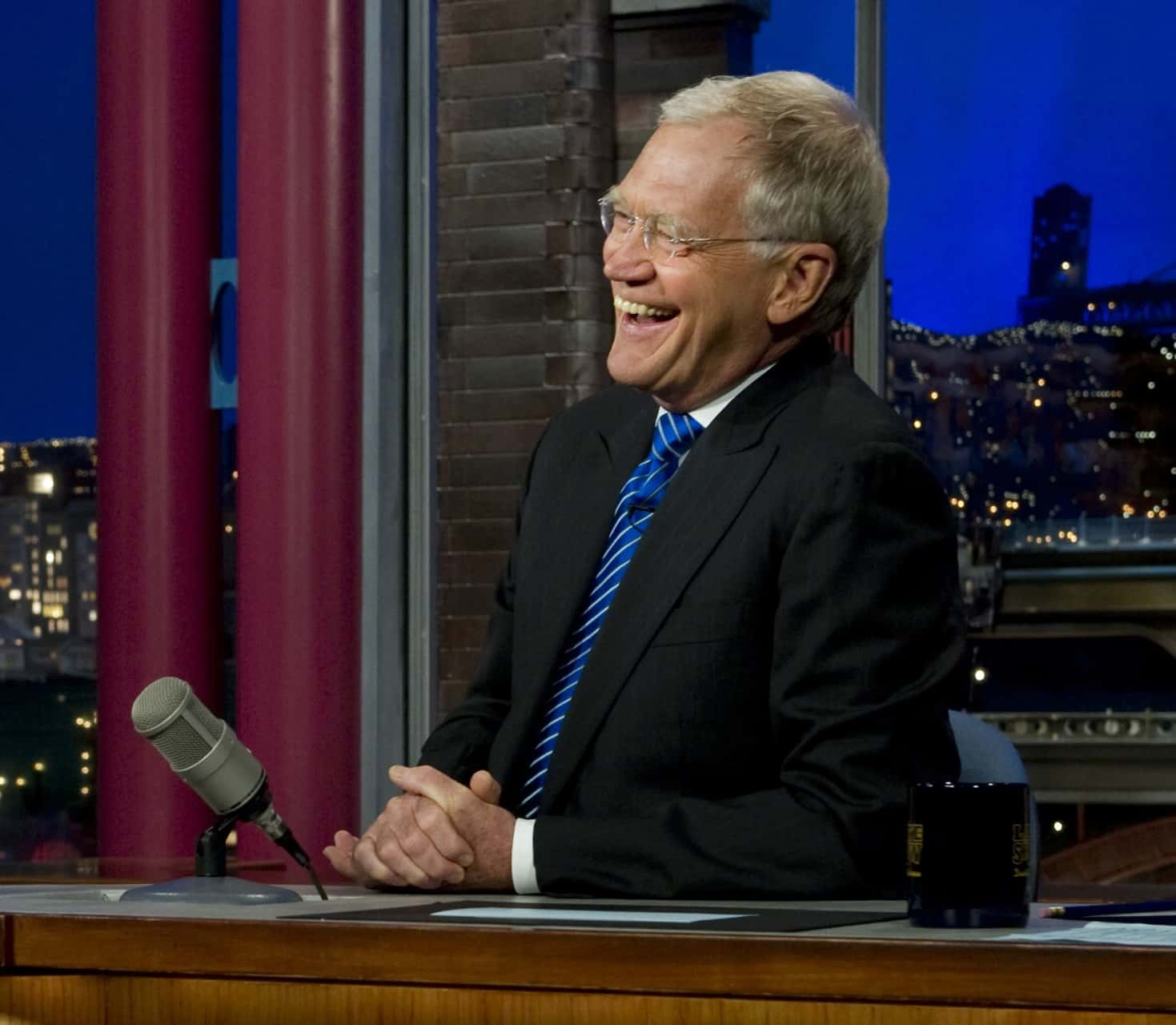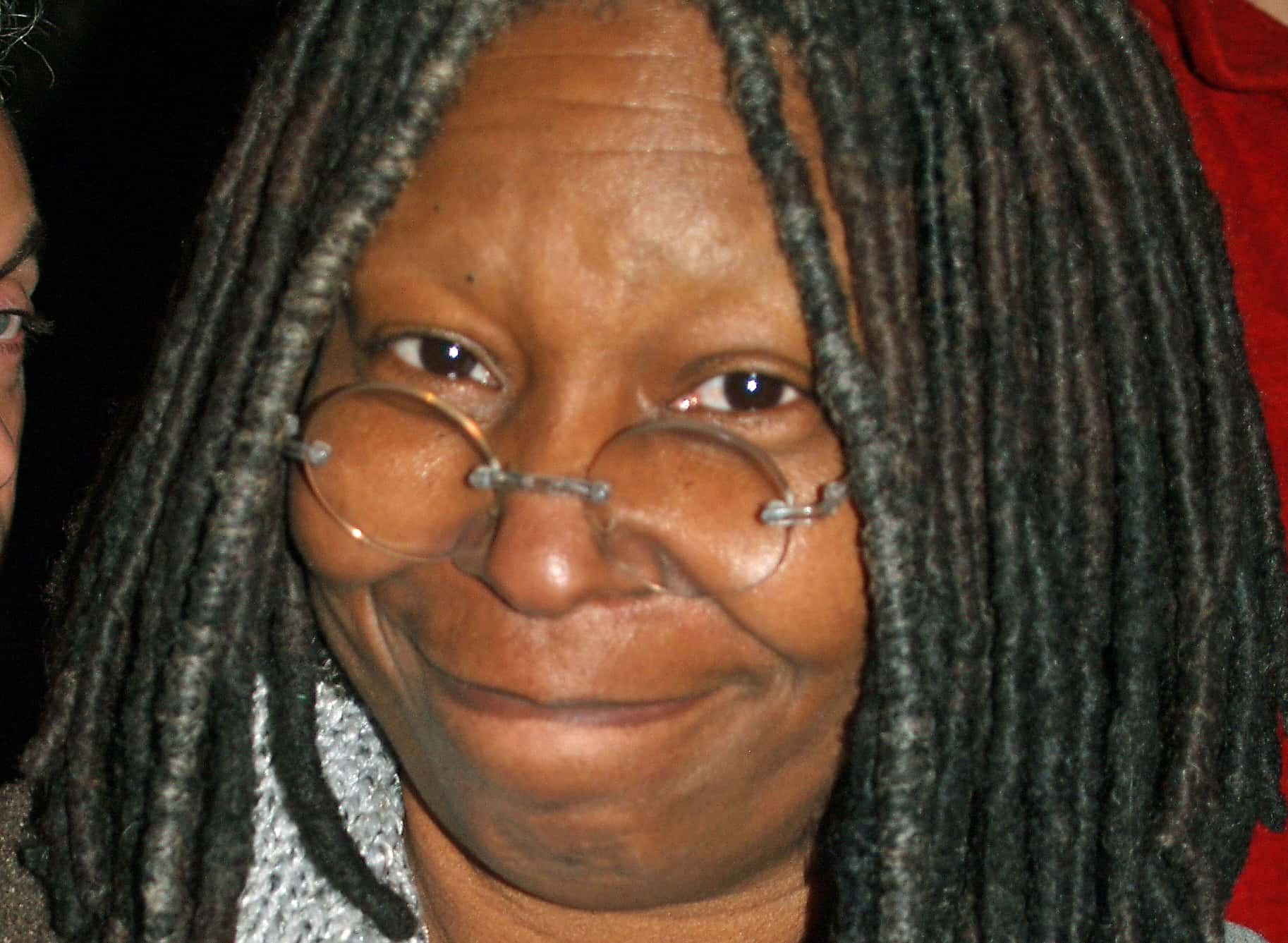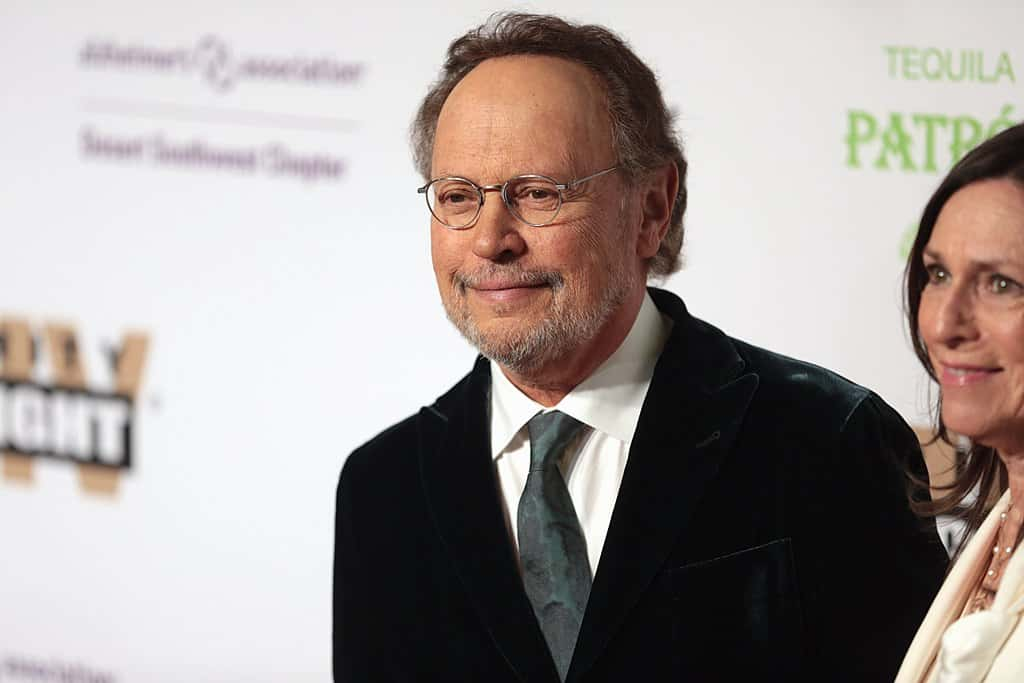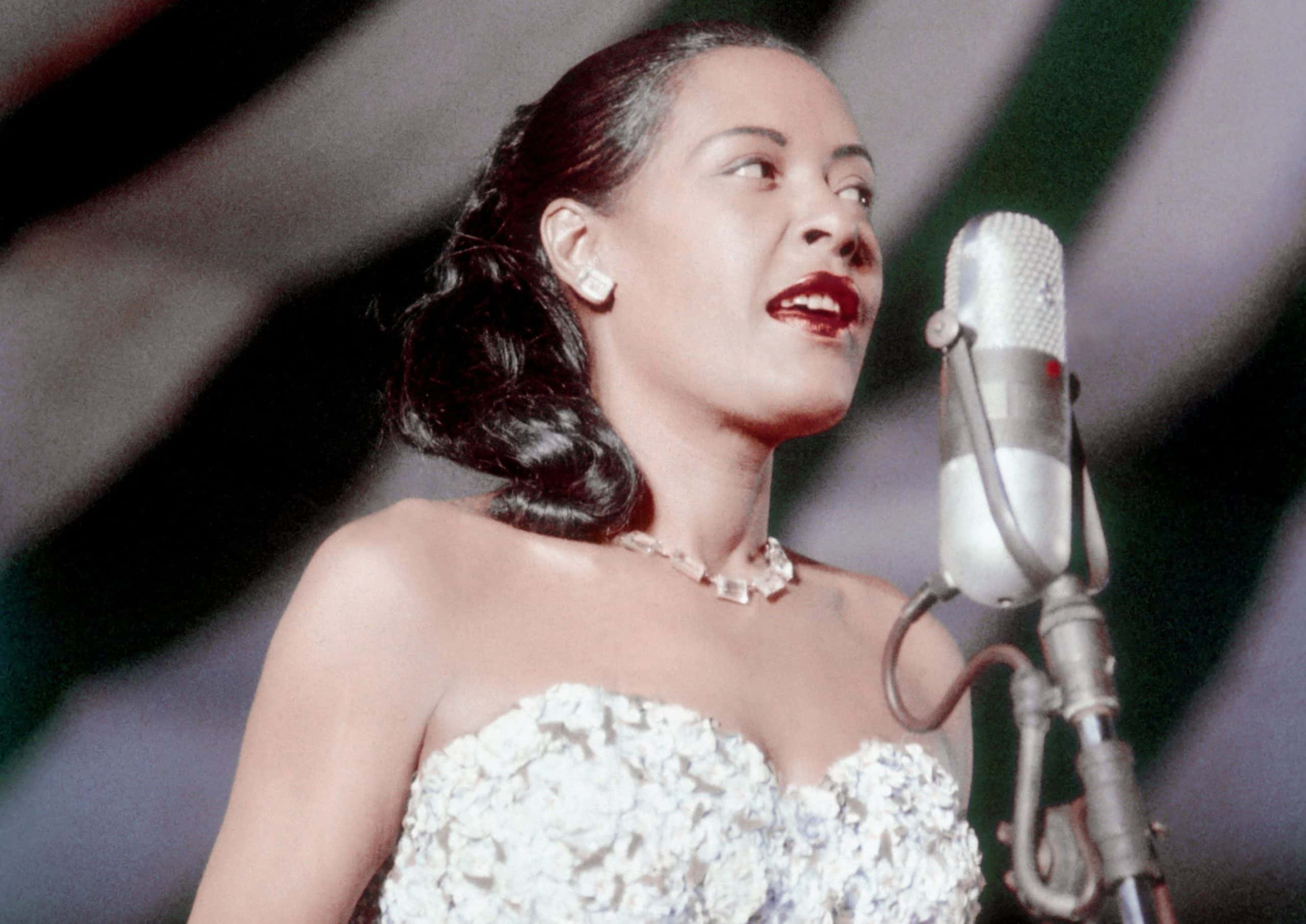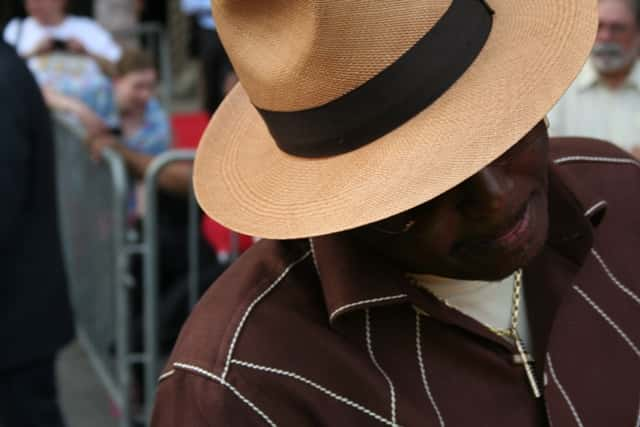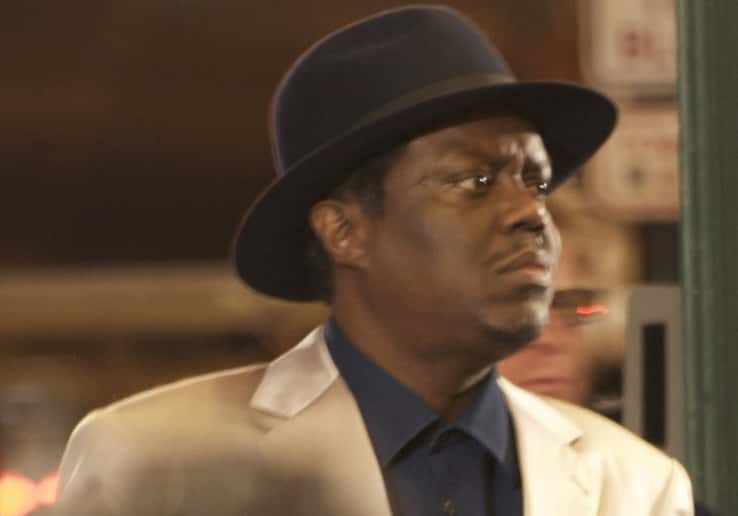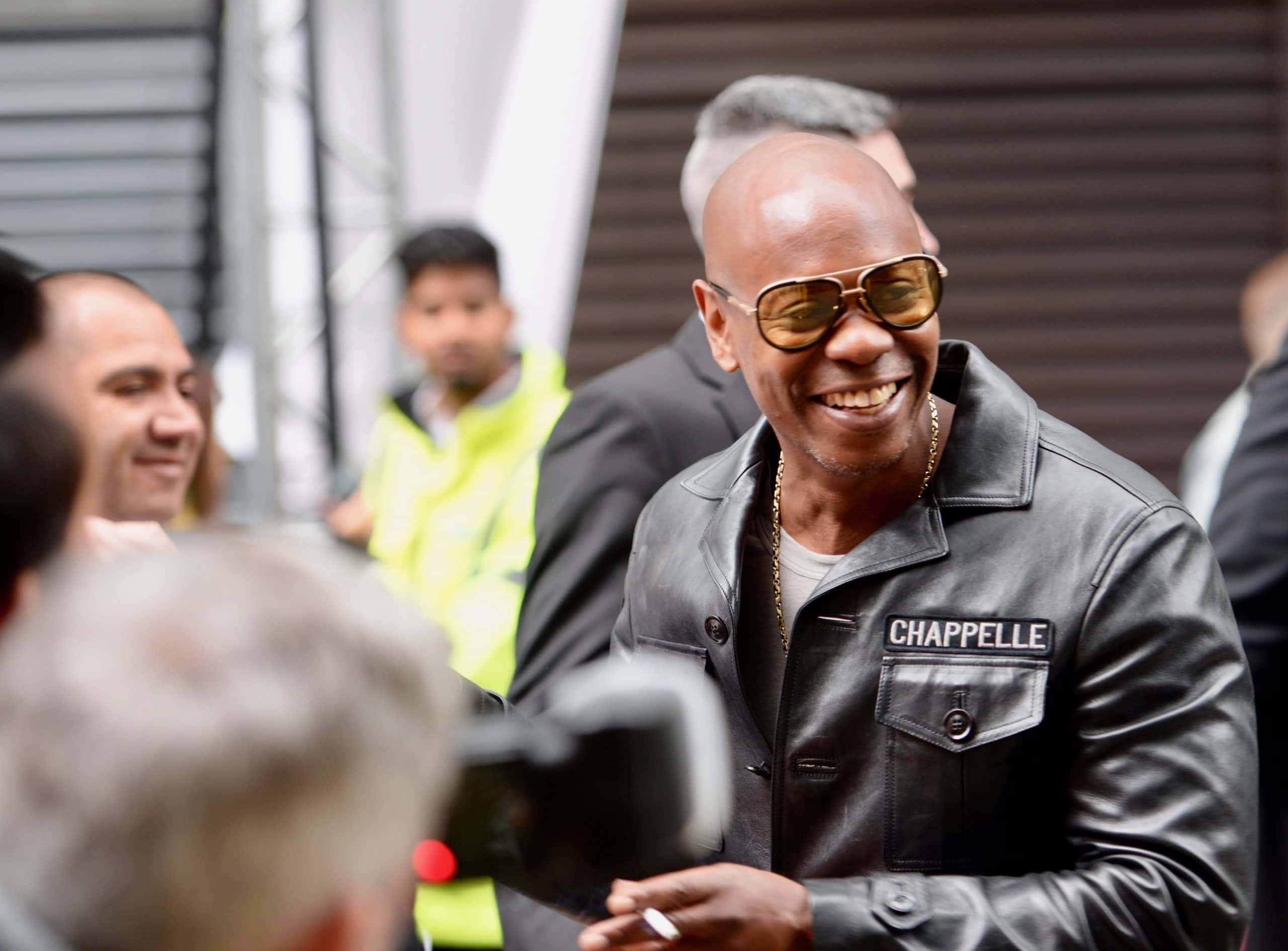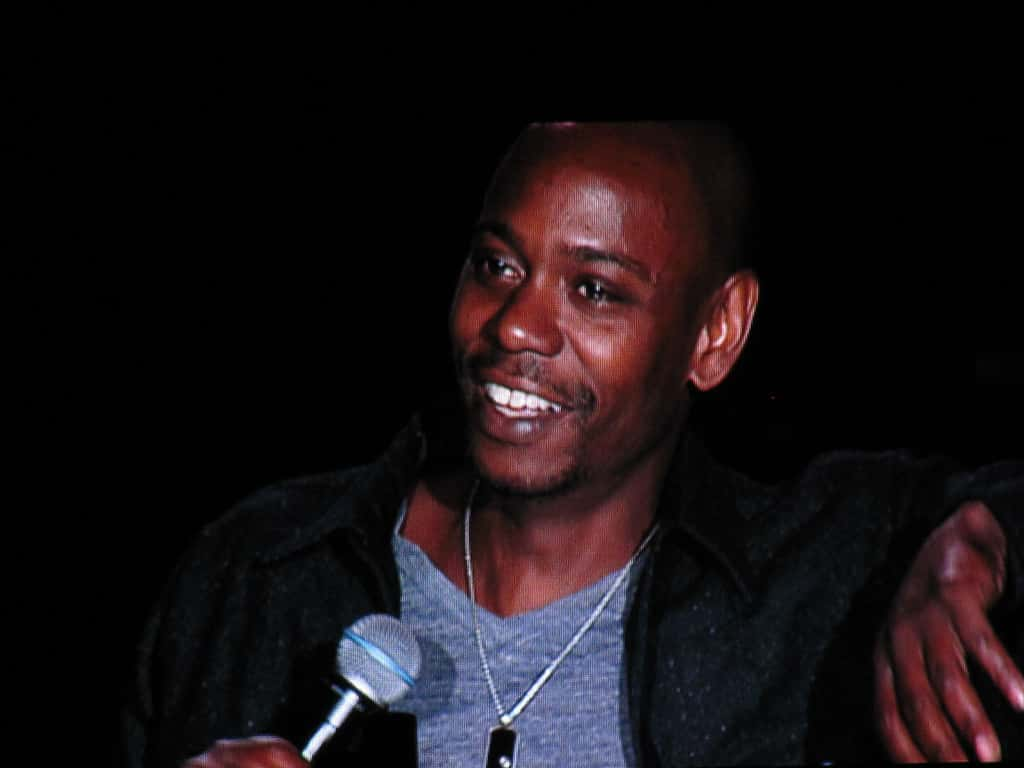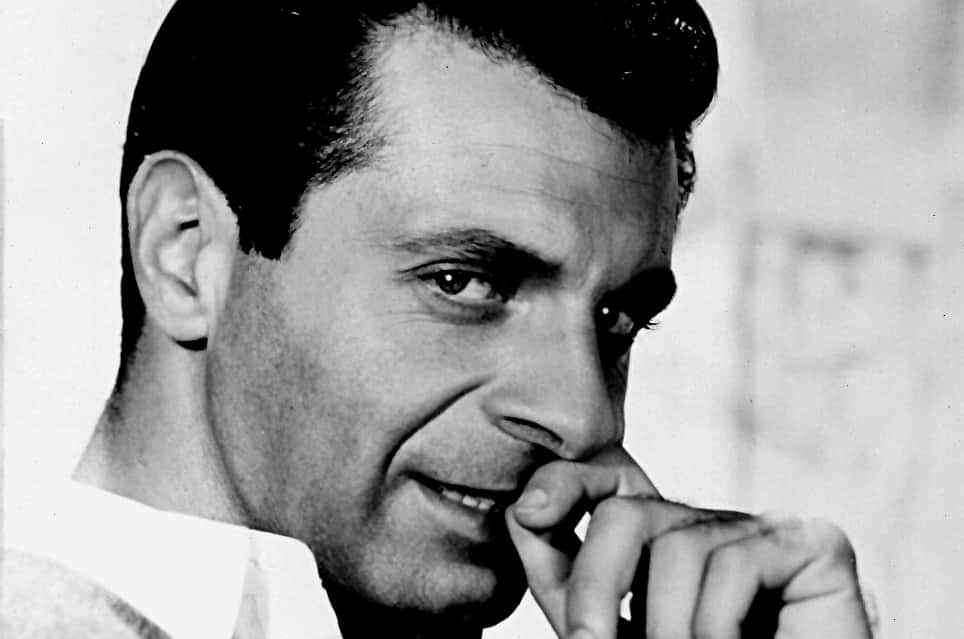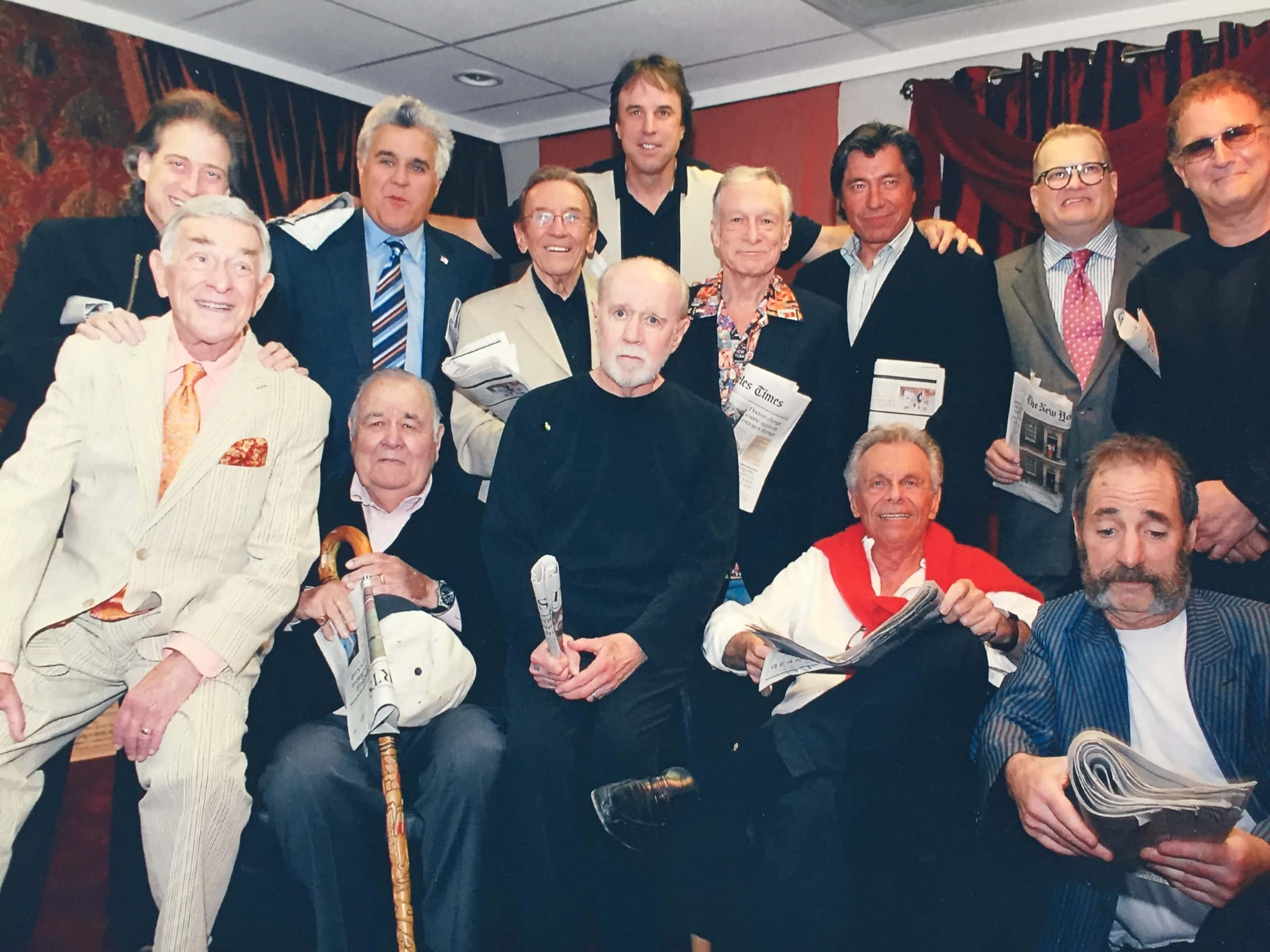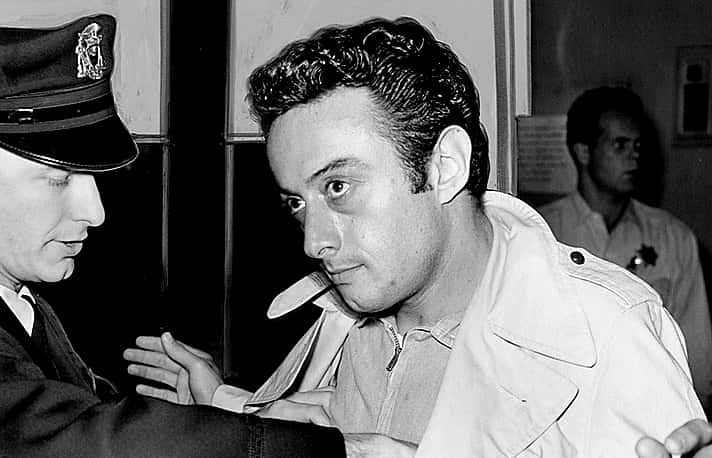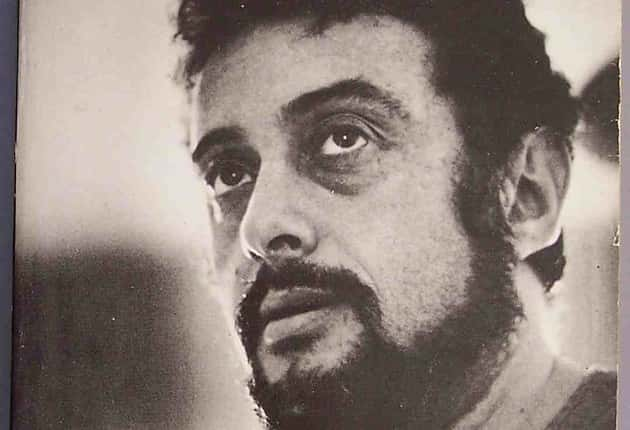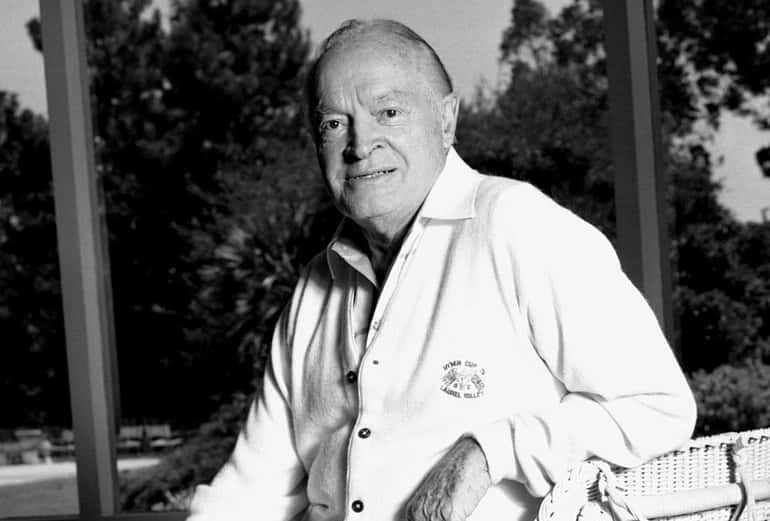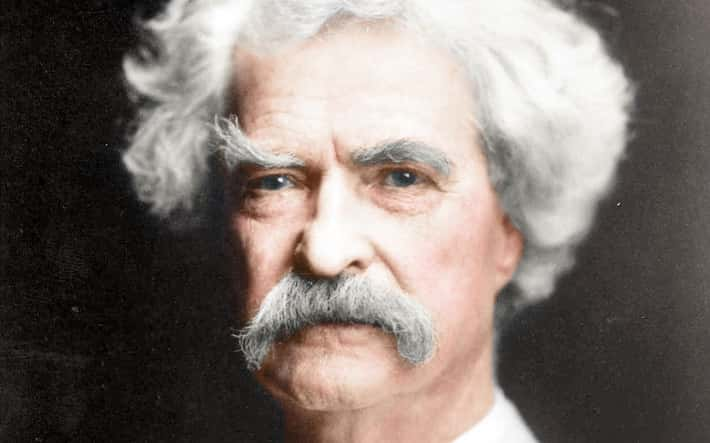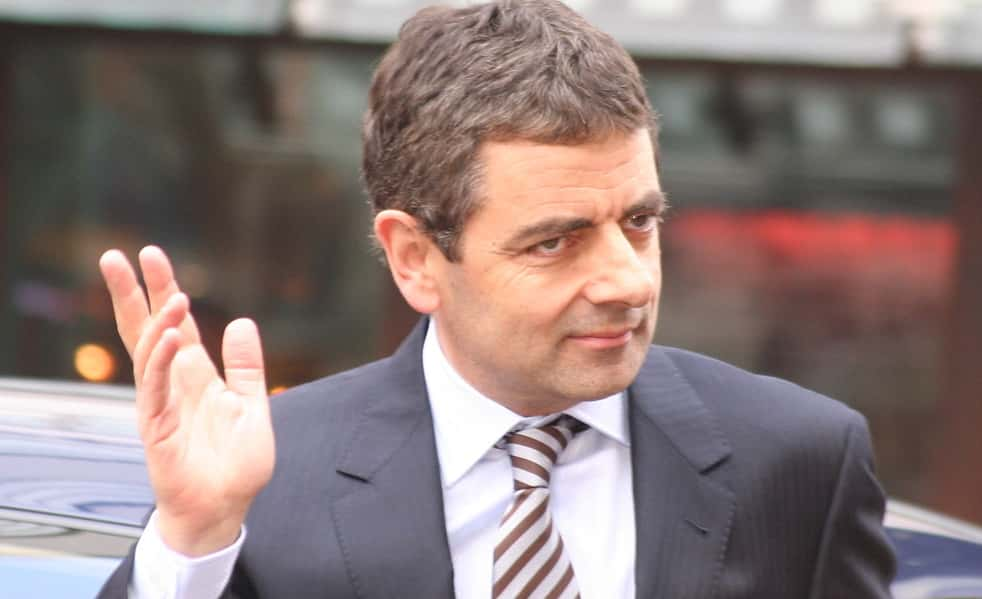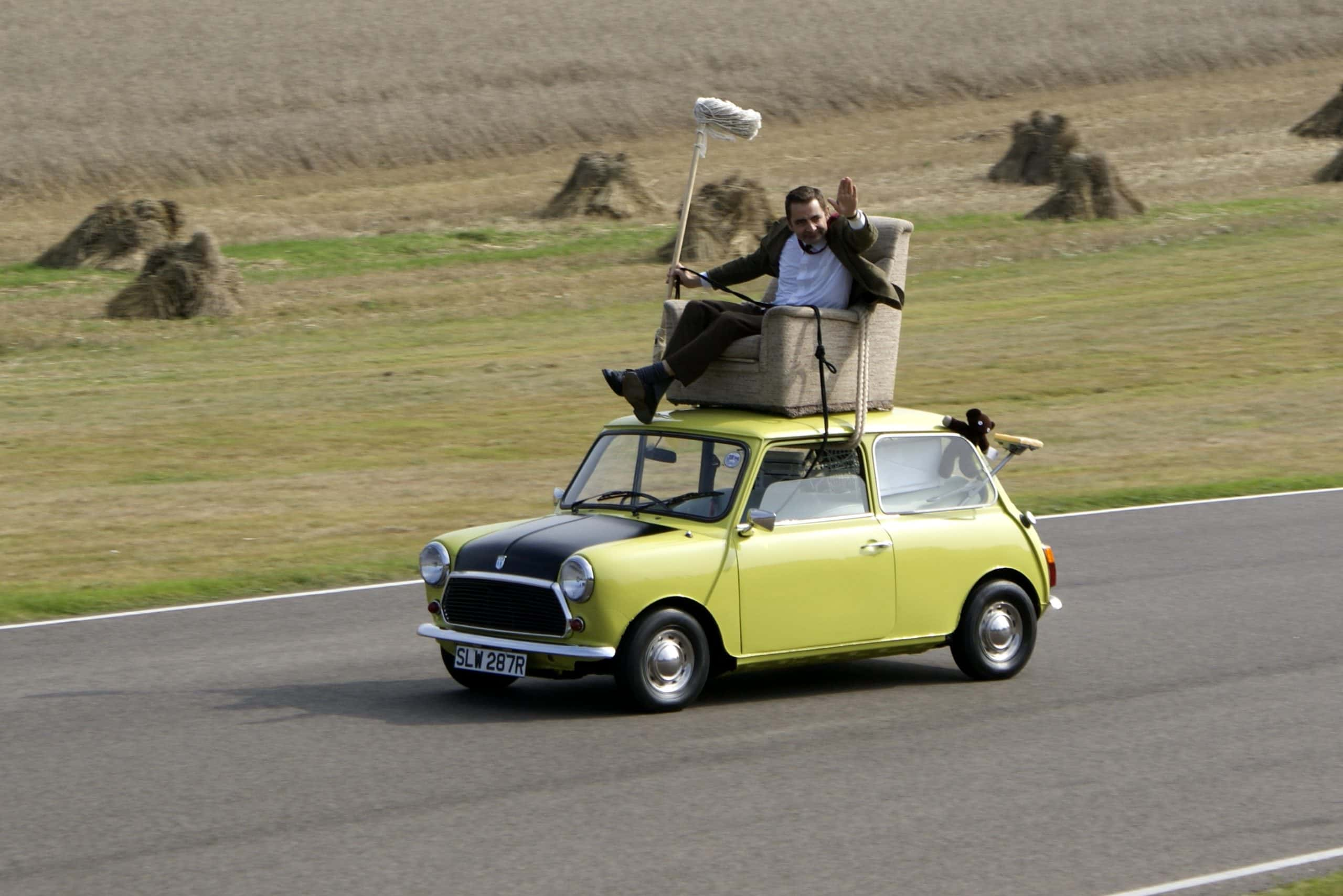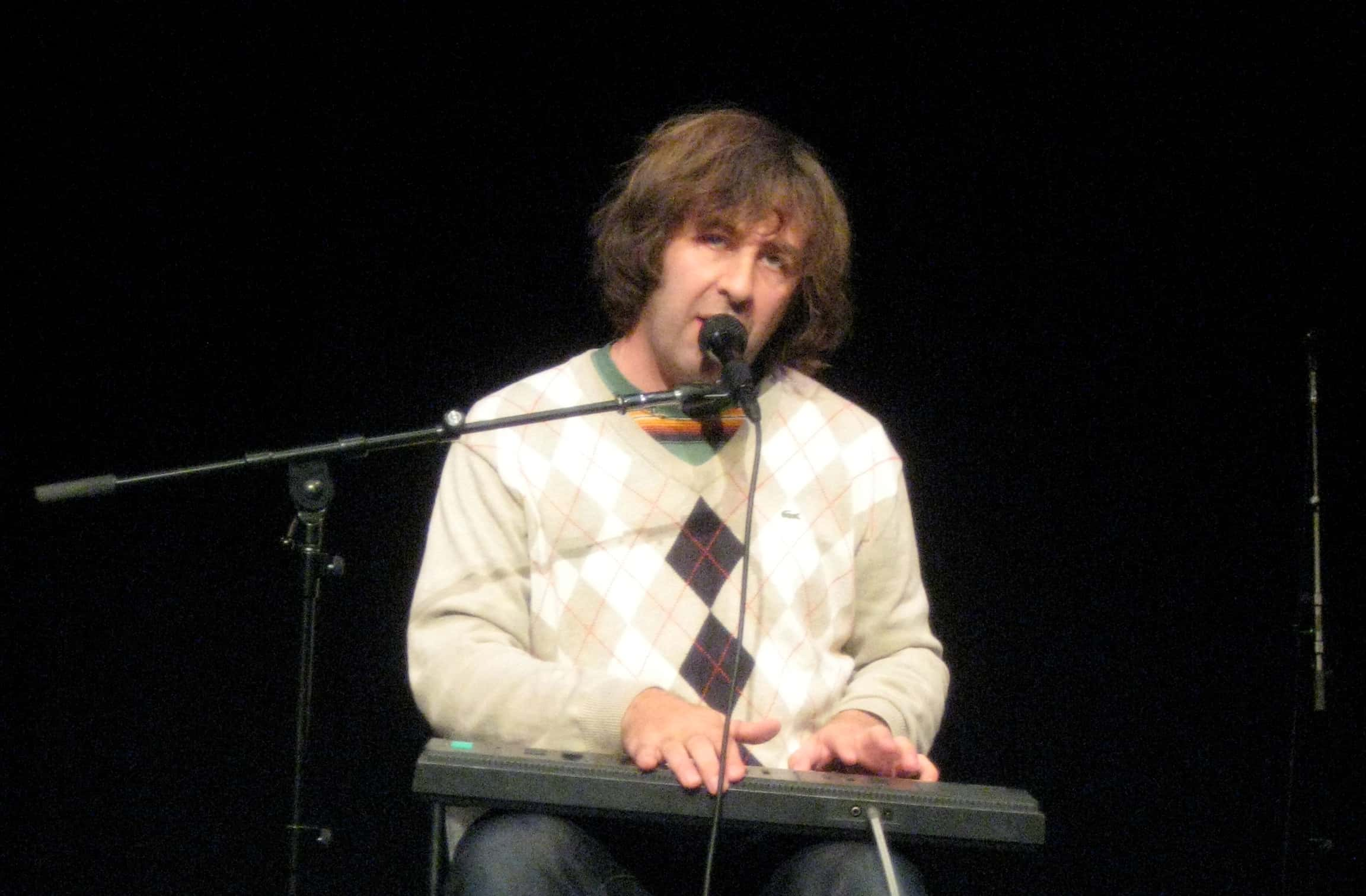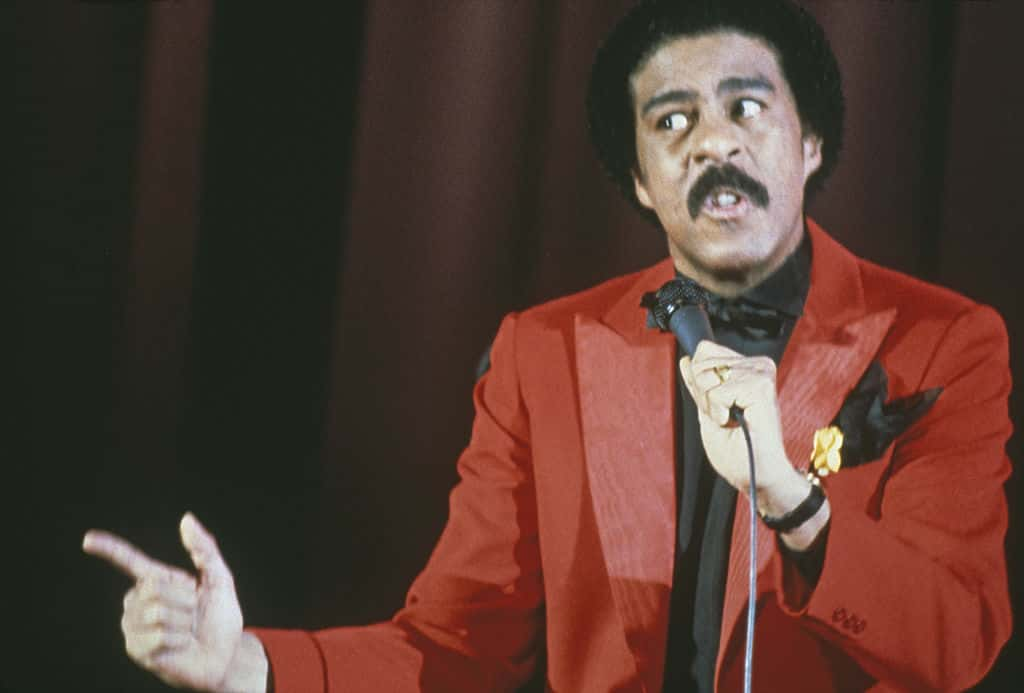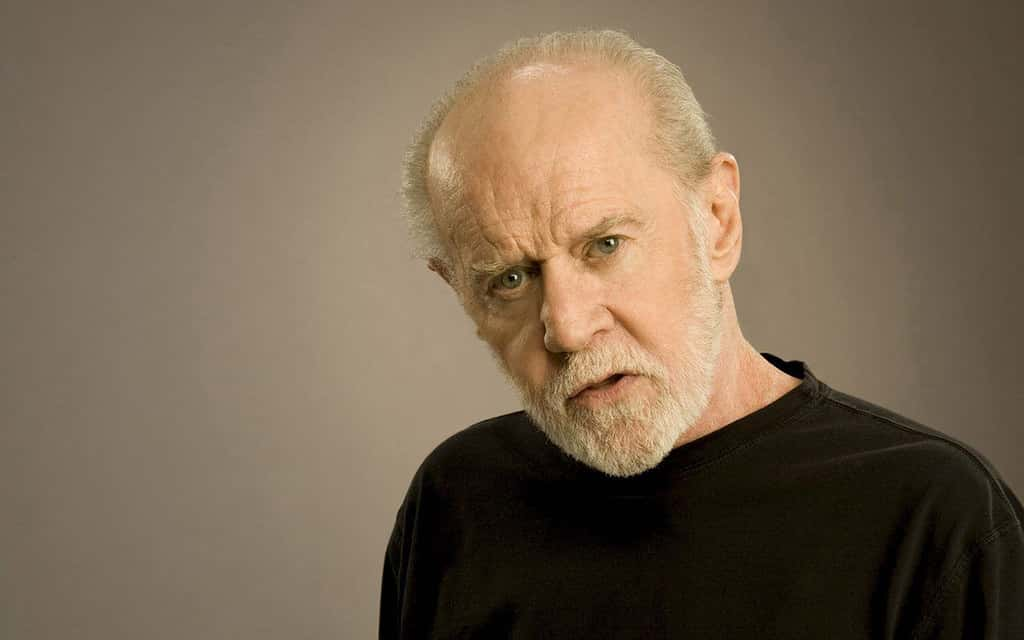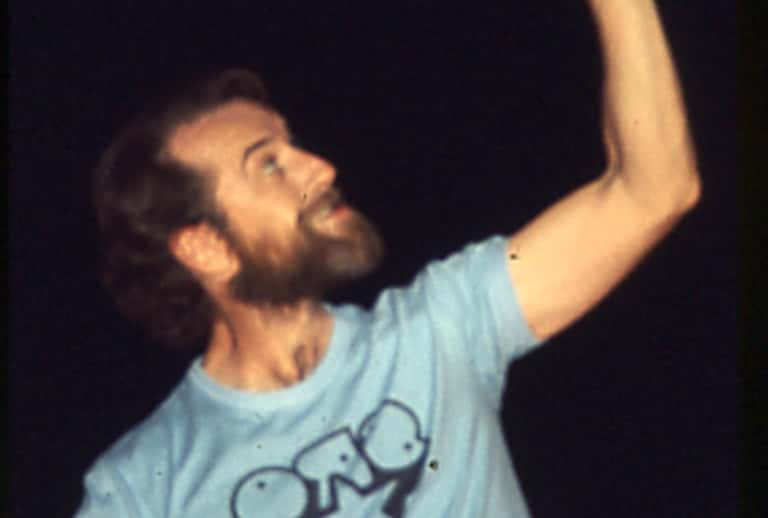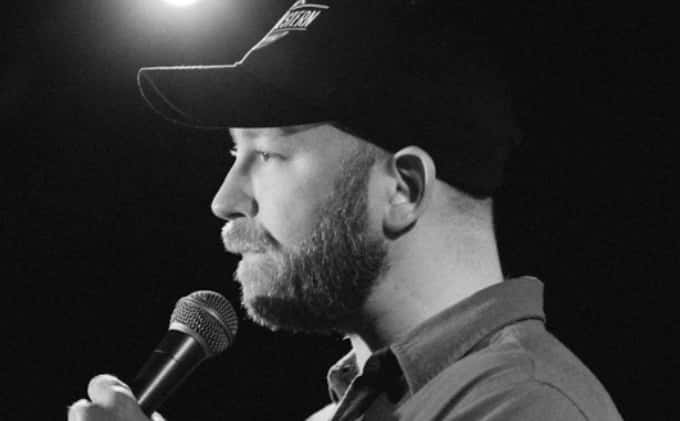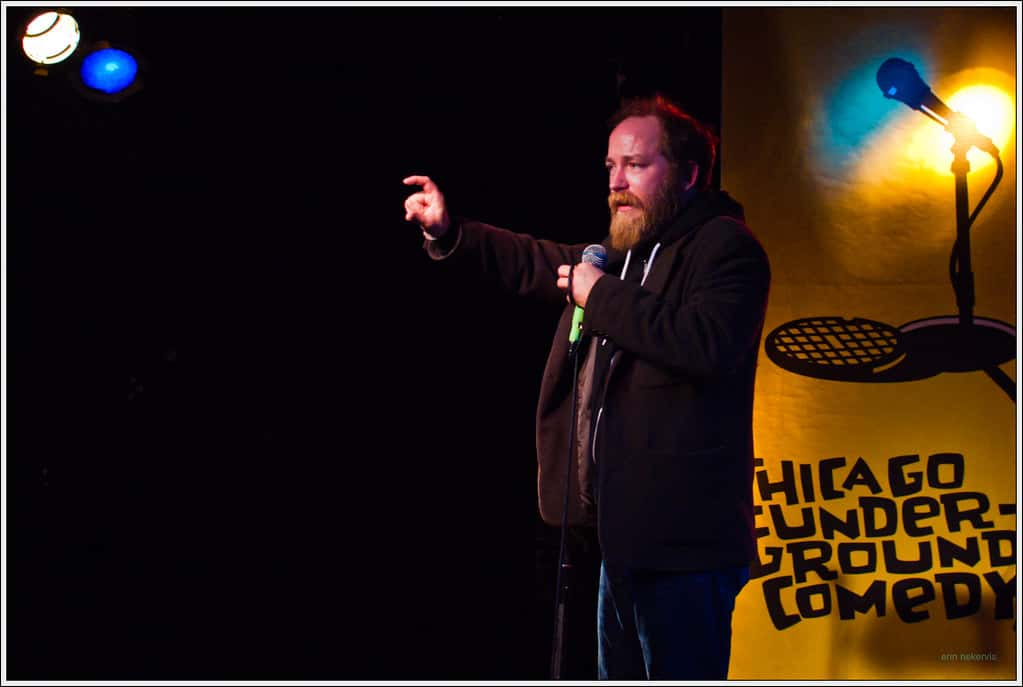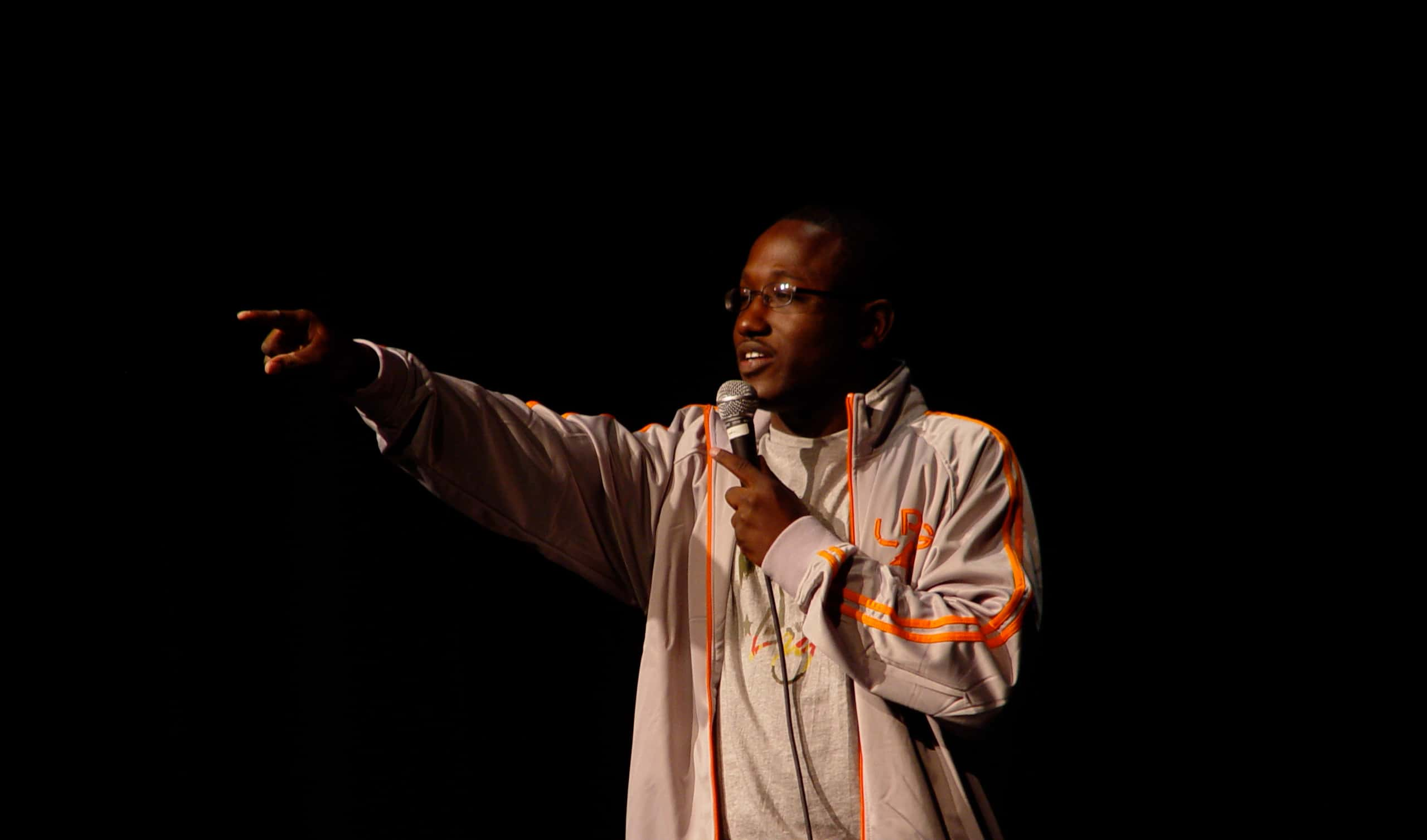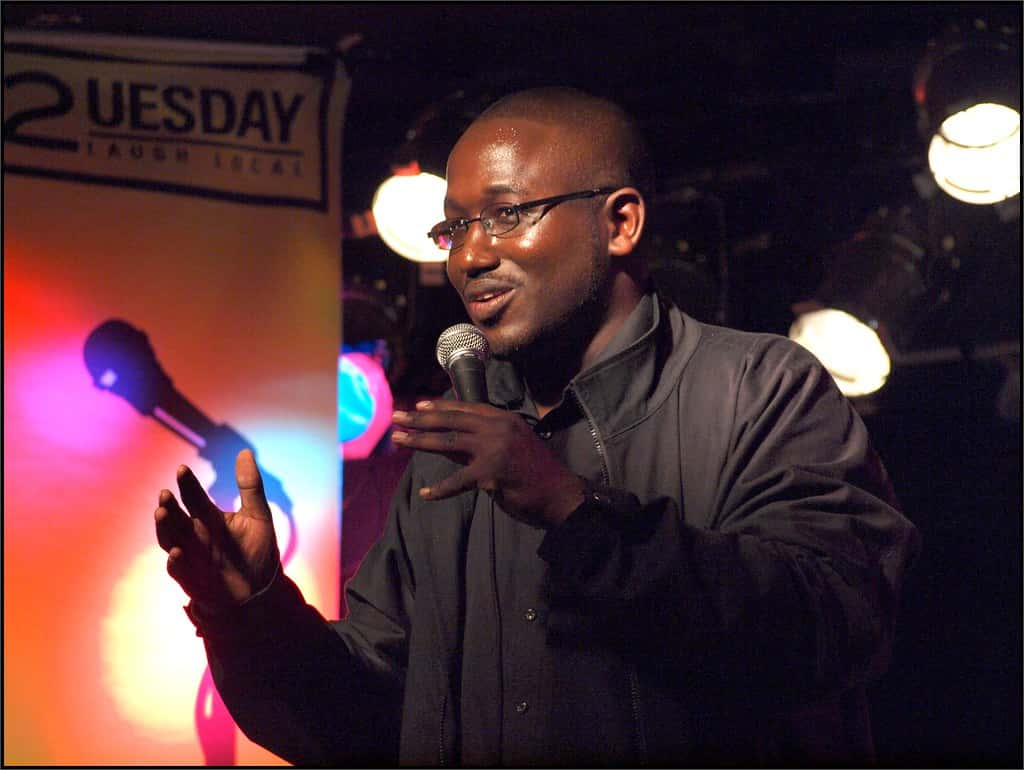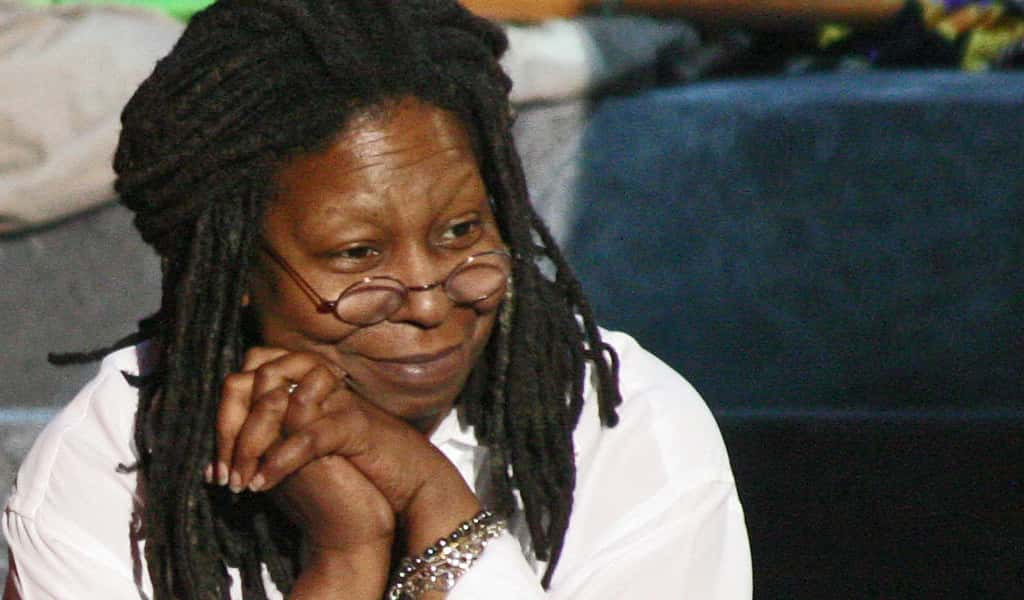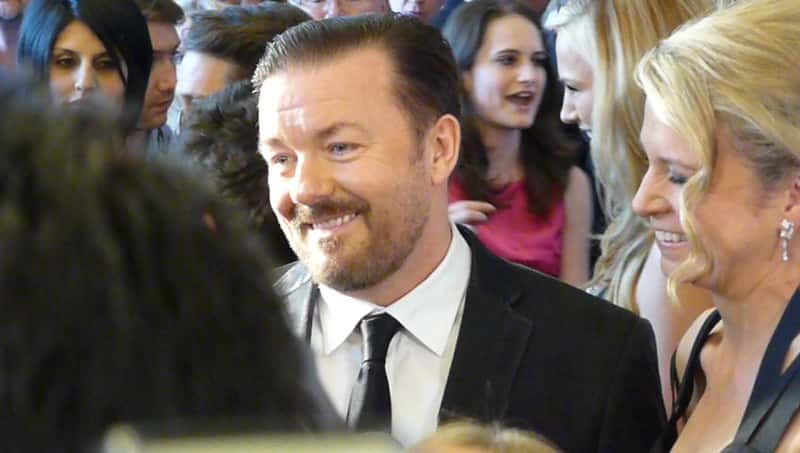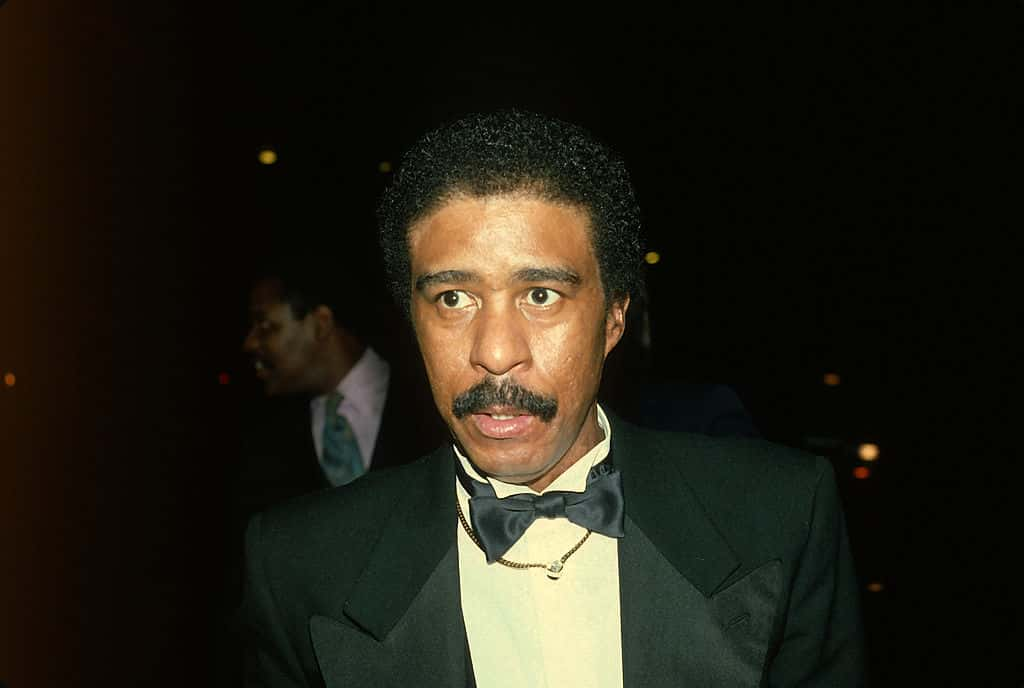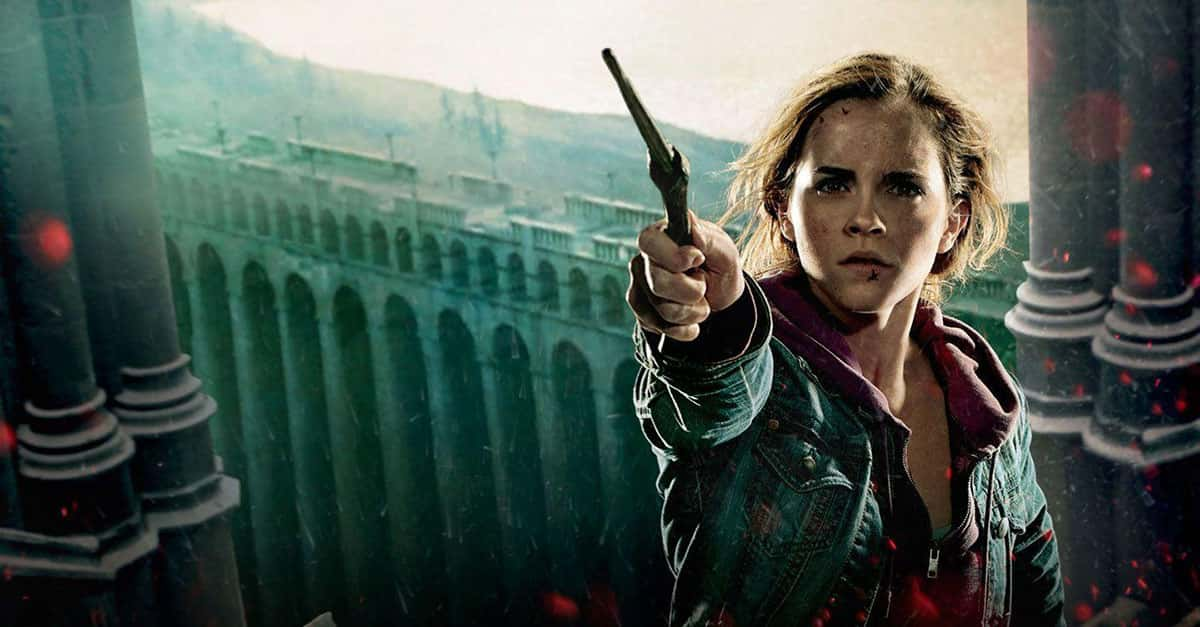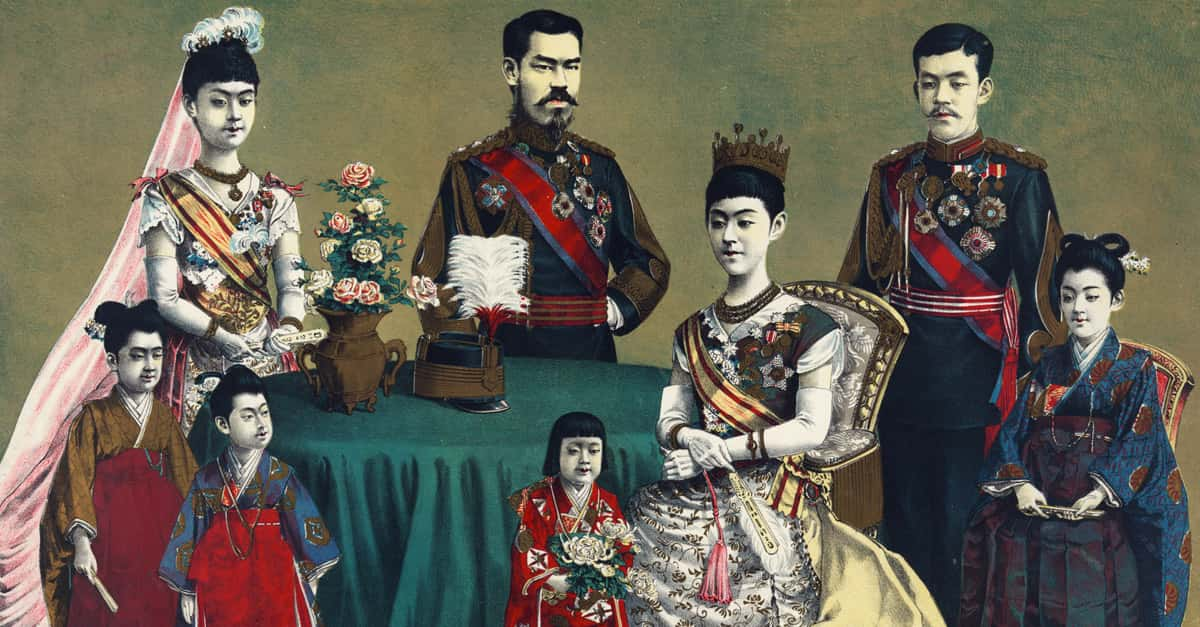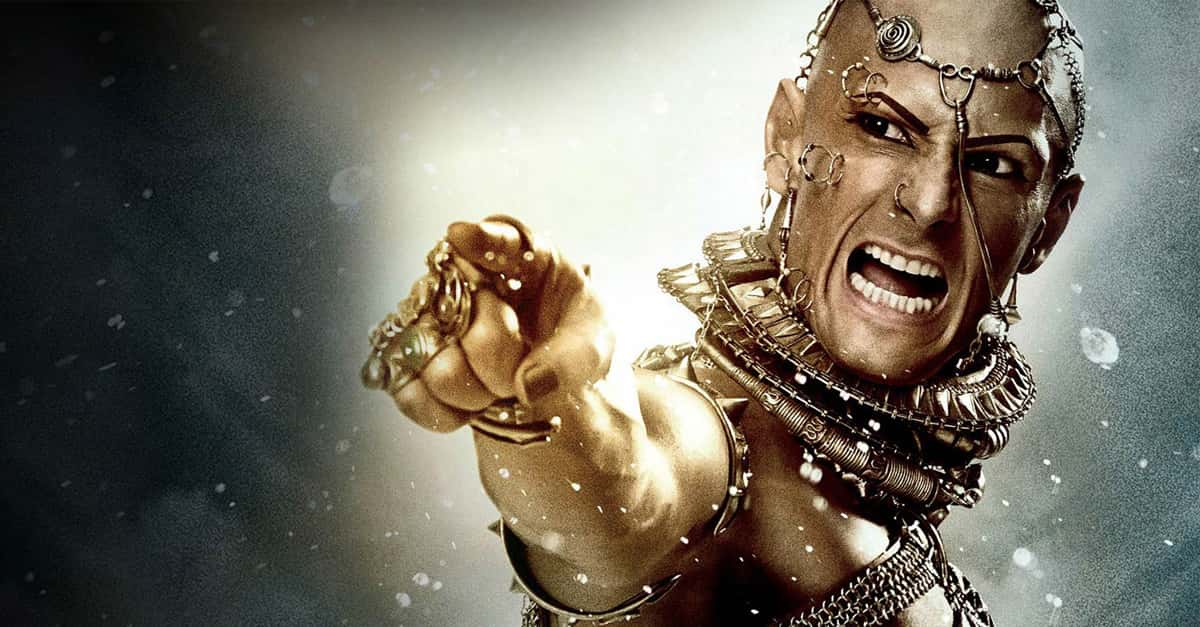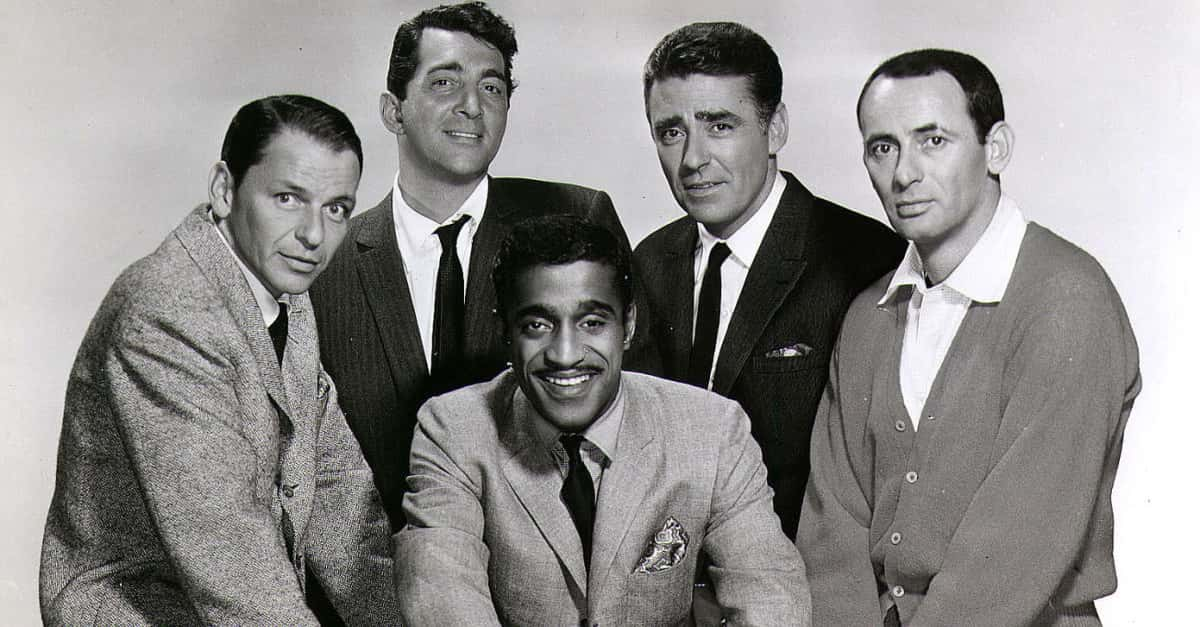"I did stand-up comedy for 18 years. Ten of those years were spent learning, four years were spent refining, and four years were spent in wild success. I was seeking comic originality, and fame fell on me as a byproduct. The course was more plodding than heroic."— Steve Martin
Stand-up comedy and Jazz have a lot in common. They are both considered to be truly American art forms, and they both often involve performance improvisation on stage. Many of the biggest stars in Hollywood today got their start in stand-up comedy and much of modern comedy even has its roots in stand-up. Due to the influence that stand-up comedians have, it would be difficult to imagine a world without them. So, let’s not do that, and instead focus on what makes them special. Read on for 42 facts about some of the funny men and women who have dared to stand-up on a stage and try make us laugh.
1. The Woman Behind it All
What does the name Mitzi Shore mean to you? Yes, that last name means that she's Pauly Shore's mother, but her legacy is considerably more important than just that. She was a co-founder of the first club dedicated purely to stand-up comedy, The Comedy Store in Los Angeles. Serving as the sole owner of the club following her divorce, Mitzi was directly responsible for launching the careers of the generation's most successful comedians, from Robin Williams to David Letterman to Chris Rock.
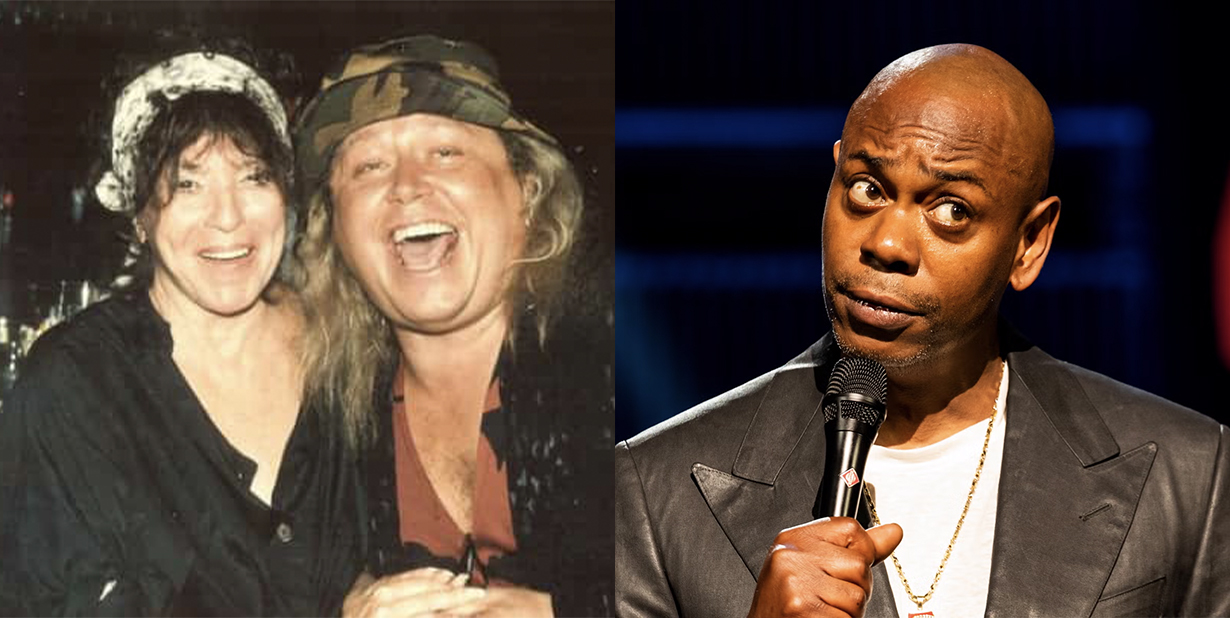
2. Mother of Modern Stand-Up
Mitzi Shore’s comedic impact stretched further than just The Comedy Store. In the 1980s, she founded Comedy Channel Inc., which would transform over the years and eventually become Comedy Central. This arguably makes her not just one of the figures behind modern comedy, but the mother of modern comedy as we know it.
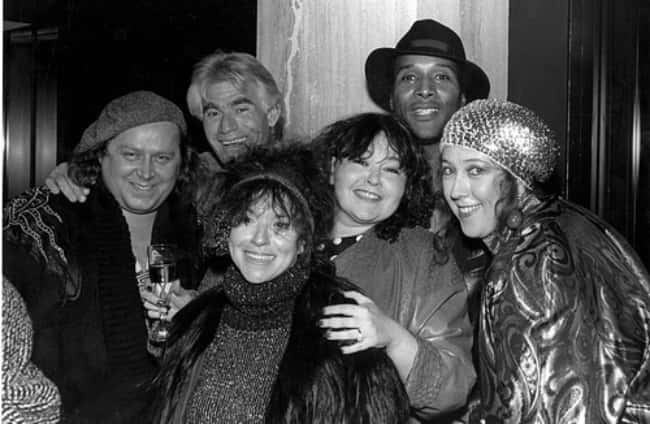 Wikimedia.Commons
Wikimedia.Commons
3. Legendary Weatherman
David Letterman is probably the reason why we write lists like this today. His Late Show Top 10 bit in is the comedic canon and his legacy lives on long after his retirement. But his comedy career began much earlier than his first appearance on late night TV, as he first worked as a weatherman in Indianapolis before making it in stand-up in Los Angeles. He was no ordinary weatherman though, as he was known for his wacky on-air persona and his many gags, such as giving the high and low temperatures for fictitious cities.
5. No Brows, No Care
You may or may not have noticed since it has always been a part of her look, but Whoopi Goldberg actually shaves off her eyebrows, and has been doing so for years, though she's never publicly said why.
6. Billy Breaks Barriers
One of the great heavyweights of Hollywood and of comedy in general, Billy Crystal hasn't just done it all—he's often done it first. In 1977, he played the first openly gay character in a TV sitcom, with the role of Jodie Dallas on the series Soap.
7. Billy’s Babysitter
Billy Crystal may have had some early age conditioning from one of the world’s greatest performers, as Billie Holiday worked as his babysitter when he was a young boy.
8. Things Comedians Did Before Comedy
Before becoming “Kings of Comedy” together, stand-up comedians Bernie Mac and Steve Harvey both competed as boxers. While our money would have been on Mac, never underestimate the power of the Family Feud survey team.
9. The Man Show Origins
Adam Carolla is another comedian who was actually a boxer before turning to comedy, and if it wasn’t for his job as a boxing instructor, he may have never made it in comedy. This is because he met his future BFF and Man Show co-host Jimmy Kimmel when the latter came in to his gym to receive training from him.
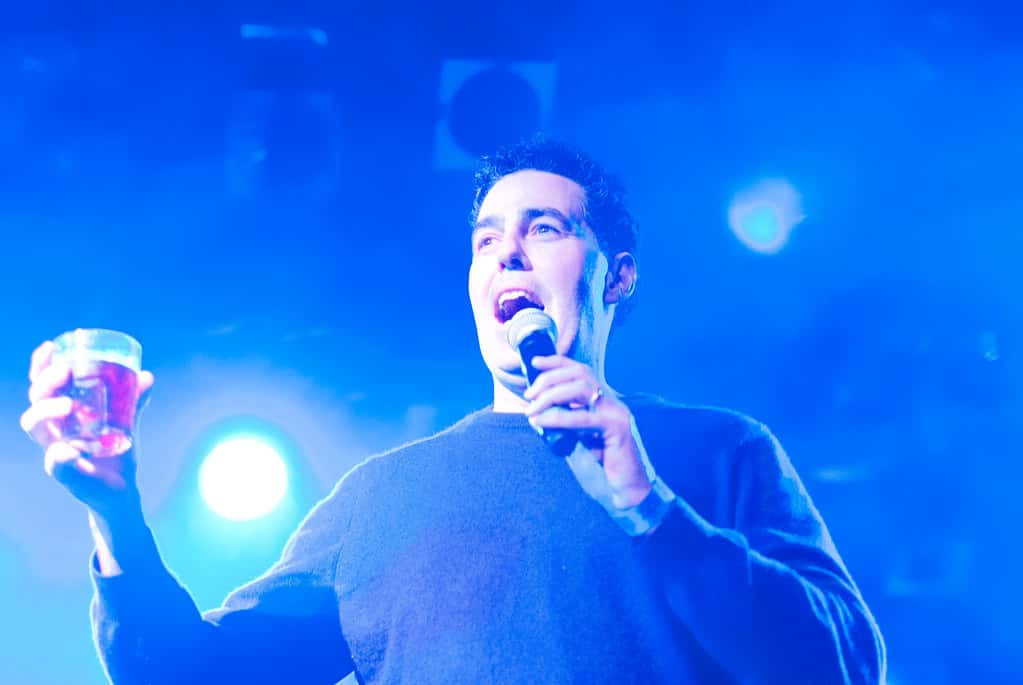 Flickr
Flickr
10. Never Scared
The legend of Bernie Mac was already growing at this point, but it wasn’t until an incident occurred during a taping of HBO’s Def Comedy Jam that his no-nonsense act really took off. Known for their hostile crowds, the audience during a Martin Lawrence performance became so rowdy that they drove him from the stage. Enter Bernie Mac; the comedian then came out to do his set and shut the crowd up with the line “I ain’t scared o' you mo...” well, you can finish the rest of that sentence yourself.
11. Get Off the Stage
At the beginning of his comedy career, Dave Chappelle experienced a lot of failure. After moving to New York City, he got what he thought would be his big break at the Apollo Theater in Harlem. The only problem was that it didn’t exactly go as he had hoped, and the audience booed him off the stage.
12. Bubba’s Role
It took a while for Chappelle to finally get his big break, and part of that was his own doing. He turned down the part of Bubba Blue in a little movie called Forrest Gump because he thought that the movie would flop at the box office and it was a degrading character for someone to play.
13. Political Comedy
Mort Sahl made a name for himself by injecting politics into his comedy. As the one of the first stand-ups to introduce satire to the stage, he would often sit on a stool and read headlines directly from a newspaper in his hands, eviscerating them to a live audience. Considered a “political philosopher,” he was the first comedian to land on the front page of Time magazine. He set the mold that Lenny Bruce, Woody Allen, and George Carlin and many more would follow.
14. Presidential Jokes
Sahl was so politically astute and respected for his material that President John F. Kennedy had him write jokes for his campaign speeches. After JFK’s assassination, Sahl went through an obsessive bout regarding the media’s representation of the murder, and he would alienate much of his audience with his non-stop attacks on the Warren Commission, which eventually got so severe that they got him blacklisted and made it extremely hard for him to book shows.
15. Playboy Comedy
Sahl opened up stand-up comedy by talking directly to the audience about the world around them. This made way for Richard Gregory, who used his platform to talk about the Civil Rights movement in America. But while Sahl's work paved the way for comedians like him, Gregory's big break came from an unsuspecting source: Hugh Hefner. After seeing Gregory perform one night in 1961, Hefner gave him a platform to perform at his club in Chicago, which Gregory would parlay into a successful career.
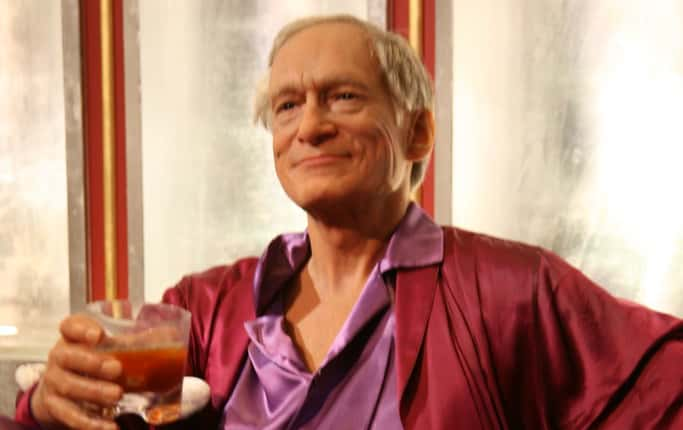 Flickr
Flickr
16. Bruce in Drag
Lenny Bruce would eventually break open the world of stand-up comedy, but first, he broke open the Navy. After joining when he was only 16 years old, Bruce served in WWII. In 1945, during a down moment, he entertained his fellow shipmates by dressing in drag. After being caught by his superiors, he was discharged from the army because he told the medical officer that he felt gay urges.
17. Missing Support
In the early 1960s, Lenny Bruce—known for his vulgar material—was apprehended multiple times on obscenity charges. As a member Beat Generation, Bruce had much of the artistic community come out in his favor during his court battles. Everyone, that is, except for Jack Kerouac, perhaps the most famous member of the Beat movement, who felt that Bruce’s material was too negative for the time. Thanks a lot, Jack.
18. Brotherly Love
While strapped for cash during the 1950s, Lenny Bruce came up with a plot to earn a living that would land him in prison. He impersonated a priest and went around collecting money in the name of a leper colony in Guyana (then British Guiana). He was eventually caught, of course, but he actually got himself off the hook because it turned out that he really was sending a portion of the proceeds directly to a real leper colony in Guyana under his judicial charter, the “Brother Matthias Foundation.”
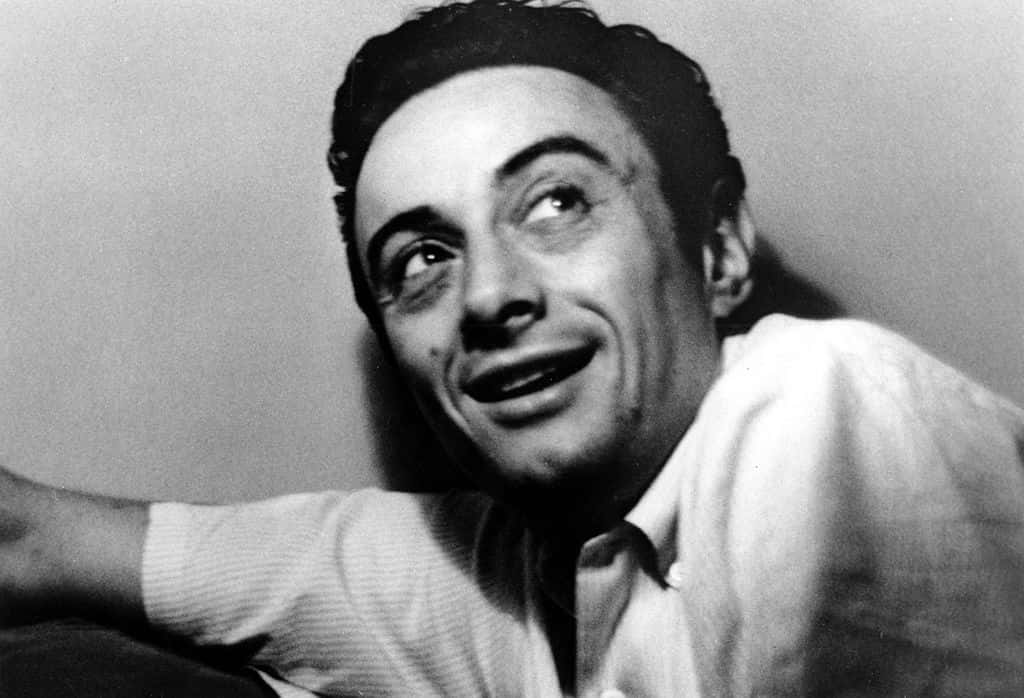 Getty Images
Getty Images
19. Rising Scenes
There were two scenes in which stand-up comedy, and arguably modern comedy as we know it, first developed: the “Borscht Belt” and the “Chitlin Circuit.” The Borscht Belt was a chain of clubs that Jewish comedians performed at in the Catskill mountains, and was named after the Eastern European soup that many immigrants were known for. The Chitlin Circuit was named after the classic soul food chitterlings, and it was a chain of clubs that African American comedians performed throughout the country and were considered safe during the age of segregation.
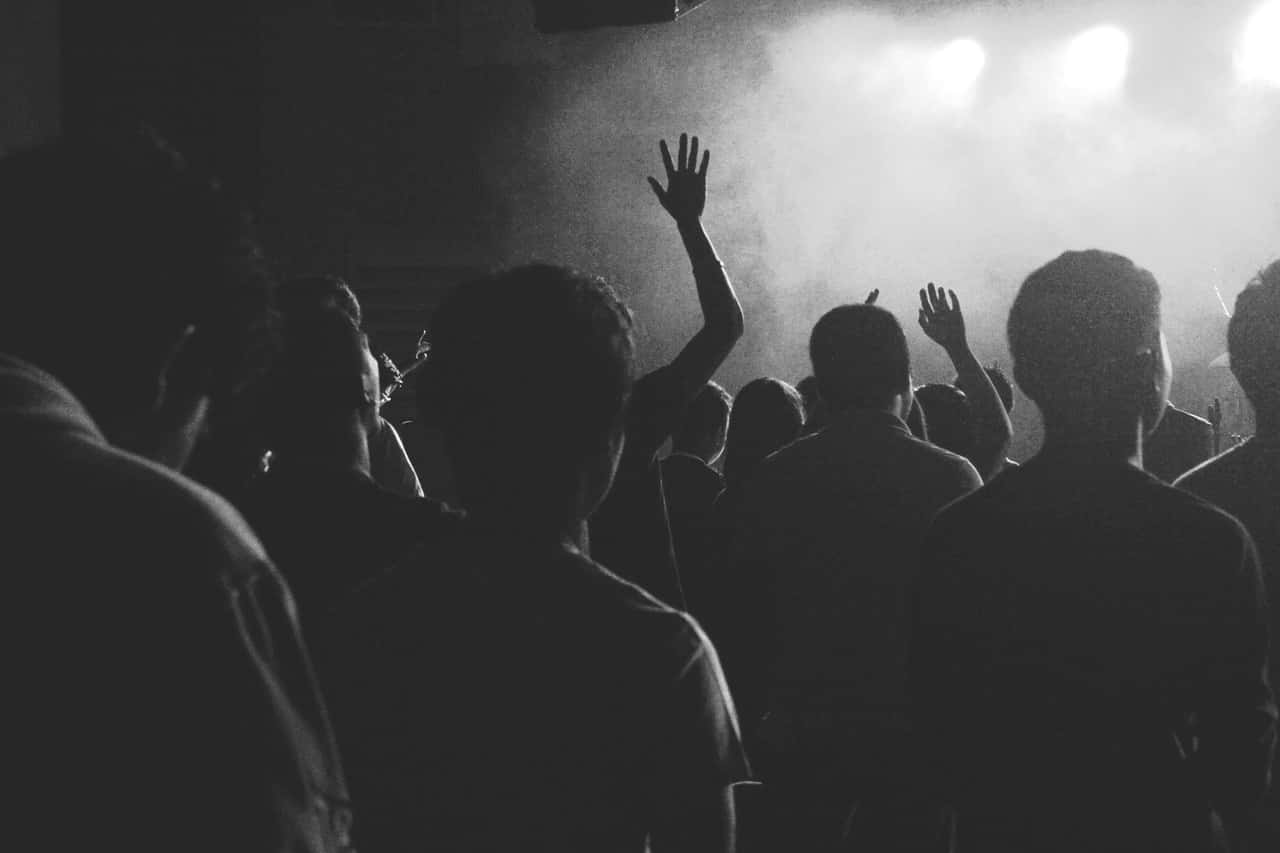 Pixabay
Pixabay
20. Hope’s Writers
Bob Hope was perhaps the first truly successful stand-up comedian, and he was so successful that he became the first person to hire a team of writers in order to come up with new material for his performances. This gave audiences a fresh new set of experiences and expectations when it came to live performance, and tailored them to expect new material from performers, instead of the same old thing over and over, as was common at the time.
21. Ed and the Comedians
If it wasn’t for Ed Sullivan, American culture would look a lot different than it does today. Perhaps the biggest impact the Ed Sullivan Show had was that it introduced the country to modern stand-up comedy, as it always showcased the up and coming performers of the era. This gave aspiring comedians a platform on which to be featured and to grow their audience, while also giving the population of the United States a view into what was possible with the art form.
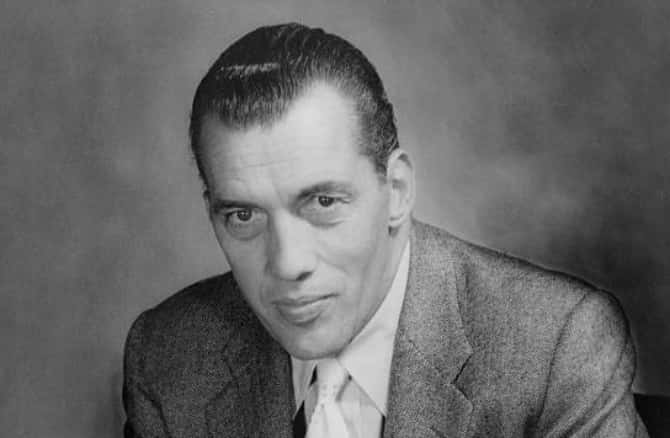 Wikipedia
Wikipedia
22. Stand-Up Twain
The history of stand-up comedy can be traced back to one famous literary superhero: Mark Twain. Twain is often credited with being the first to perform the act that would go on to become known as "stand-up." This is because, during a bout with accumulated debt, he decided to travel around the country and gave humorous lectures to large crowds, basically standing in front of them and making them laugh. He even created the term “bit” in reference to a short, comedic premise, for when he decided to tell only a small part of a story.
23. Mr. Bean’s Brain
As a schoolboy, Rowan Atkinson rubbed shoulders with future British Prime Minister Tony Blair. Afterward, he went on to graduate from not one, but two renowned Universities: Newcastle University for his bachelor’s and The Queen’s College at Oxford University for his master’s, both in Electrical Engineering—the funniest of degrees, obviously.
24. The “B” in “Bean”
Rowan Atkinson has some difficulty pronouncing the name of his most famous character, Mr. Bean. In his younger years, Atkinson suffered from a stutter when pronouncing the letter “B,” and though he's able to drop the impediment when playing a character, it still sometimes surfaces in his day-to-day life.
 Flickr
Flickr
25. Stand-In Pilot
During a vacation in 2001, Atkinson was flying to Kenya in his private plane when suddenly the pilot fainted. In a moment of desperation, Atkinson kept it cool and was able to steady the airplane and maintain its flight until the pilot was able to successfully recover from his spell.
26. Comedy is Hard
Sadly, a study recently published in the International Cardiovascular Journal found that stand-up comedians have the tendency to die at a much younger age than not only the average population, but also than other types of comedic actors. But, on the whole, comedy actors in general tend to die more prematurely than dramatic actors. And the next time you think that award shows don’t matter, think again—the same study also found that those who win Academy Awards for their work live an average of 3.8 years longer than those who don’t.
27. False Facts O’Doherty
As one of the leading comedic figures in both Europe and the English-speaking world, David O’Doherty has become an Irish comedy icon. The man stays grounded, though, as his work displays—he's not above writing about facts, just like me! In fact, he has written two fact books: one about pandas and one about sharks. Each book has 100 facts, but unlike Factinate, all of his facts are completely made up!
28. Taking a Break
Now known for his dark and edgy comedy, Pryor actually started out as a clean-cut comedian. Having molded his routines around the influence of the family-friendly Bill Cosby, Pryor had a moment of clarity one night in Las Vegas. While performing his well-polished act, he spotted the face of Dean Martin in the crowd, which brought him a feeling of existential dread. This made him immediately question his decisions in life, and he walked off the stage in the middle of his set. He would then move to San Francisco and take a long hiatus, in which time he worked on crafting a new image for himself that was based more on his values and personality.
29. Writing With His Wife
Jim Gaffigan has worked his way to being one of the richest and successful comedians in the world, but he owes much of it to his wife; Jeannie Gaffigan has not only stood by his side through years hard work and long touring schedules, but has worked with him as his writing partner and as the producer for all of his stand up specials.
30. The Adventures of Tig
Growing up a tomboy in the suburbs of Houston, Texas, Tig Notaro started smoking at the age of 12. This gained her the nickname Huckleberry Tig. She would later drop out of high school and start her career not as a comic, but as a band manager. This work would be what gave her the opportunity to get on stage and perform as she grew older. However, she wouldn’t record her first album until she was 40. She would eventually become a comedy icon after her now legendary set where she talked about her diagnosis with cancer just four days after receiving the life-altering news.
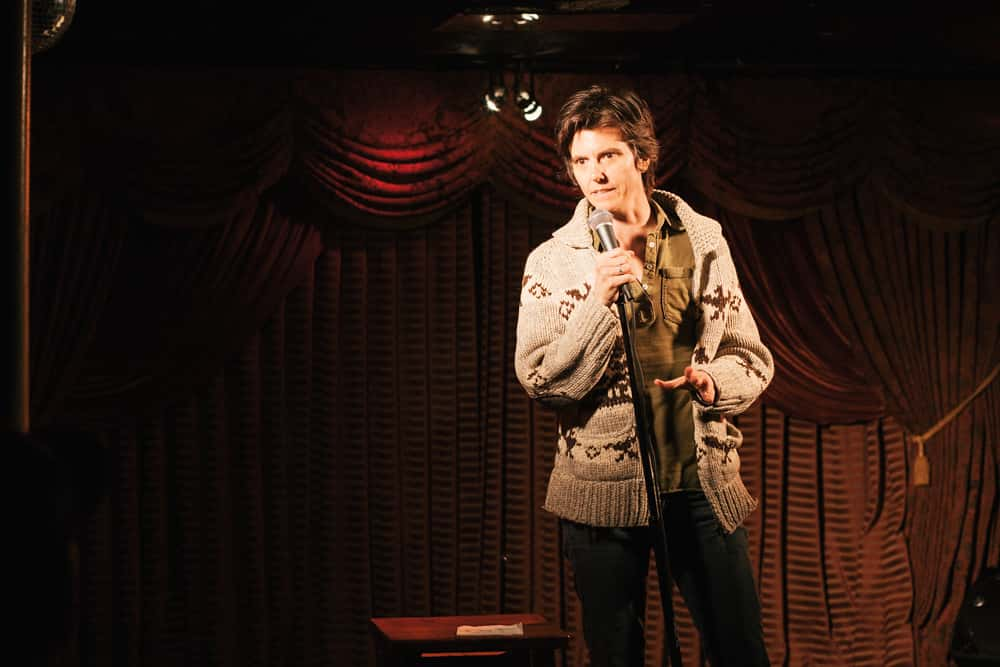 Flickr
Flickr
31. Debt Comedian
As a young man, George Carlin accumulated some serious debt for nearly two decades. Though he was eventually able to pay it off when he made it big, he actually considers the pressure of the mountain of debt weighing on his shoulders as a major factor in his success, as it forced him to hit the road and work hard on his craft.
32. The Carlin That Almost Wasn’t
If it wasn't for George Carlin’s mother, there would be no George Carlin. Wait... what? That is one obvious statement, but what we mean is that it was a last minute change of heart by his mother that he was even born. She had originally decided to have an abortion, as she didn’t feel it was time to have a child, but while she was in the waiting room she was reminded of her own mother, who had recently passed on, and decided to keep her unborn child.
33. Voice of Comedy
Kyle Kinane has one of the most distinct voices in all of show business, and if you pay attention to Comedy Central's on-air promotions, you'll notice that is him speaking to you. As a side gig to making us laugh in our existential guts, he has also been working as the voice of Comedy Central since 2011.
34. Knitting Man
If you ever run into Kinane, don’t get sidetracked by his voice. Instead, ask him to knit you something special; he's been actively crocheting since he was a teenager, and used to even enter his knittings into local county fairs.
35. Debating Hecklers
Hannibal Buress has passed the stage of blowing up. From his rant on Bill Cosby that brought him into the public mind to his affinity for handling hecklers with an ease that YouTube audiences love, he seems to be everywhere. But his ability to counter-attack hecklers has an interesting background, as he credits his time with on his high school’s Debate Team for helping him craft this skill.
36. Dreaming on the Train
After moving to New York City in order to pursue his dream of being a comedian, Hannibal Buress hit a rough patch. Struggling to find work and without enough money to afford a place to stay, he had to some nights. Sometimes, you've gotta do what you've gotta do.
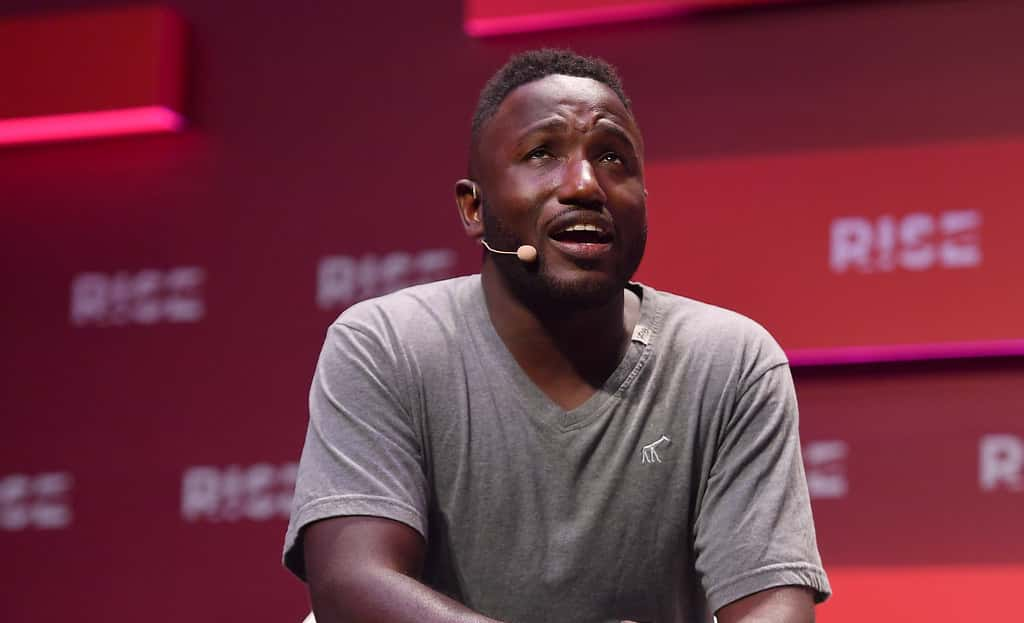 Flickr
Flickr
37. Follow the Rappers
In order to better craft his on-stage presence and delivery, Hannibal Buress studies the performances of his favorite rappers. This has led to his own unique style of delivery and some of his most well-known stand up bits, such as “Gibberish Rap.”
38. Not a Bad Nickname
Clearly, Whoopi Goldberg is not someone who cares about social faux pas. She adopted the stage name of Whoopi Goldberg after she was given the nickname by her friends due to her willingness to let the farts fly in public, like a whoopee cushion.
39. Put Down The Phone
When money gets tight, you’ve got to do what you’ve got to do. In the case of Whoopi Goldberg, that meant taking a job as a sensual phone operator while she was working on her craft as an actor.
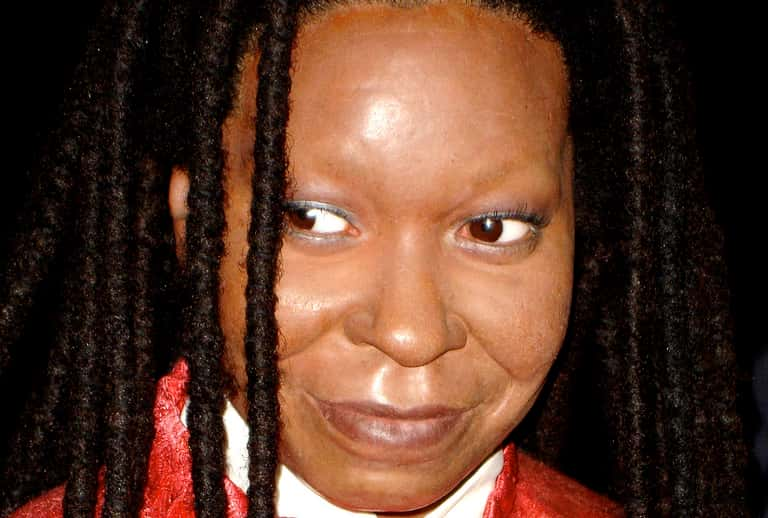 Wikimedia.Commons
Wikimedia.Commons
40. Musical Ricky
Before striking it big as a comedian, Ricky Gervais first tried his hand at music. In the early 1980s, he formed a new wave pop duo called Seona Dancing and also worked as the manager for the band Suede. While Suede would go on to massive success, Seona Dancing fell flat on their face and Gervais had to ditch music.
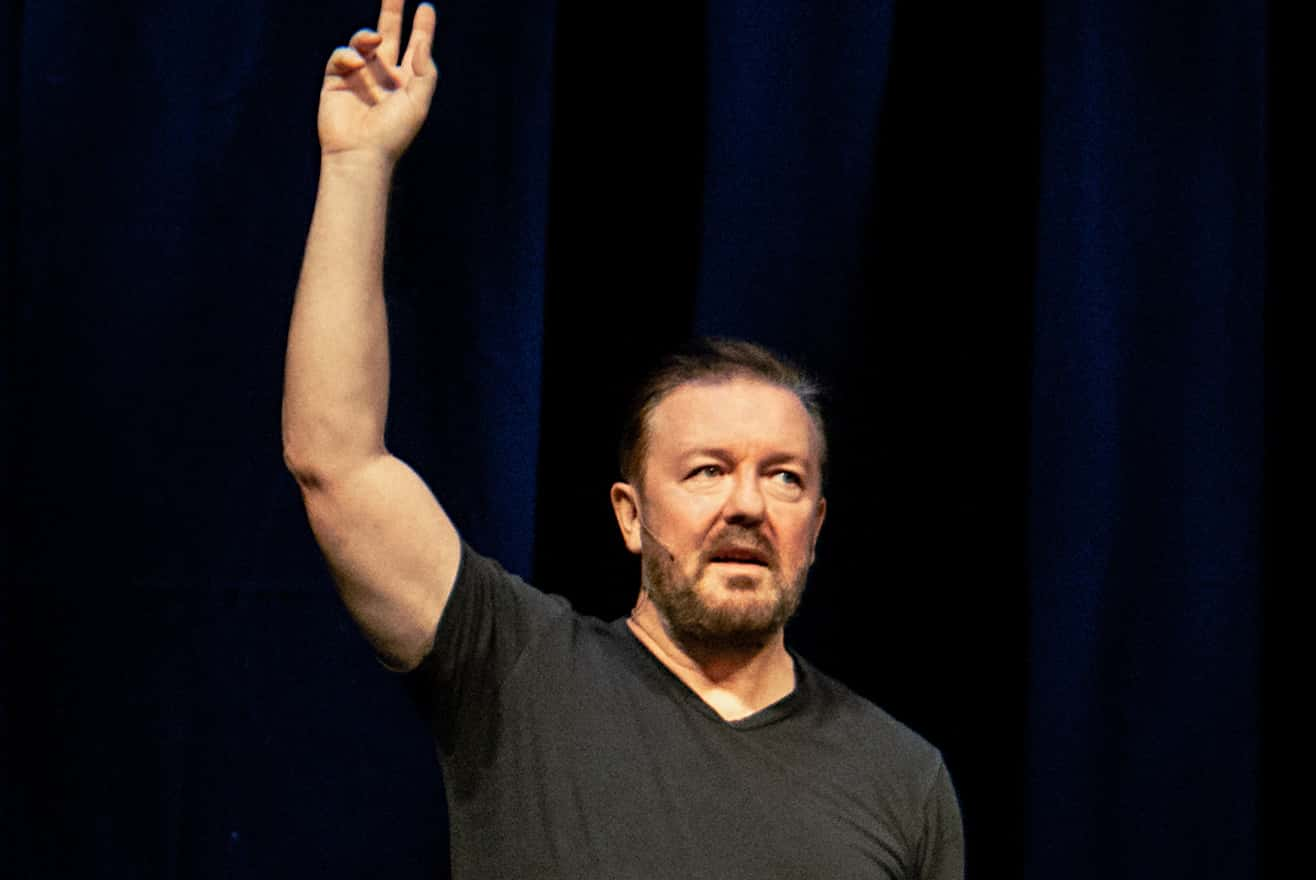 Wikipedia
Wikipedia
41. Dancing in the Philippines
Though Seona Dancing didn’t chart in Europe, their lead single “More to Lose” was a huge hit in the Philippines. It was so successful that the station that played the track purposely lied about the title and artist of it in order to avoid other radio stations playing the song. So, in one country at least, teenagers consider Gervais to be on the same level as Ian Curtis and Peter Gabriel.
42. Childhood Blues
As one of the diamonds in the American rough, Richard Pryor had many forces against him growing up. Growing up in a bawdy house owned by his grandmother, his mother was a sex worker and left him when he was only five years old. He didn't hate his mother for this, though, quipping "At least [she] didn’t flush me down the toilet.” For most people, this would be ironic, but Pryor meant it literally—once, as a child, he found a shoebox and opened it, only to discover that there was a lifeless baby inside.
43. Pushed by Mortality
Survivor’s guilt can be a powerful thing, and Tracy Morgan credits personal tragedy for inspiring him to pursue stand-up comedy. Morgan hustled comedy in the street in his youth, and his friends knew he had some serious talent. It was his best friend who urged him to try his hand at stand-up and make a career of it, but that friend was slain just one week after giving Morgan that advice. It was this terrible tragedy that pushed Morgan to pursue his dream.
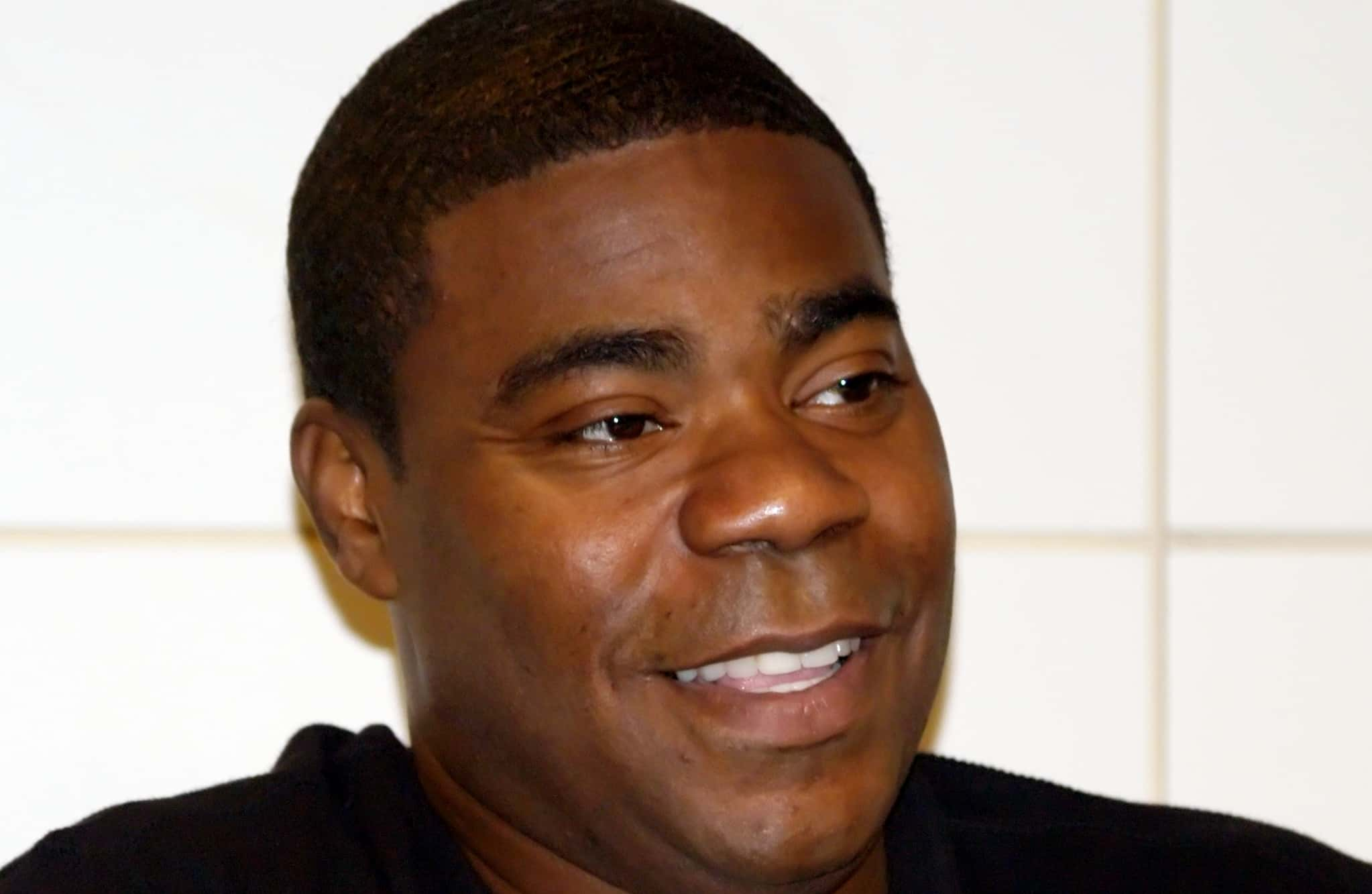 Wikipedia
Wikipedia
Sources: 1, 2, 3, 4, 5, 6, 7, 8, 9, 10, 11, 12, 13, 14, 15, 16, 17, 18, 19, 20, 21, 22, 23, 24, 25


